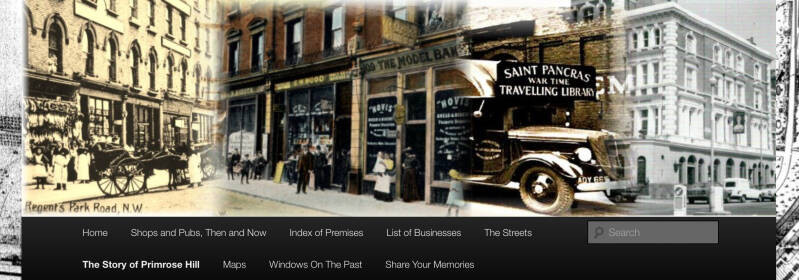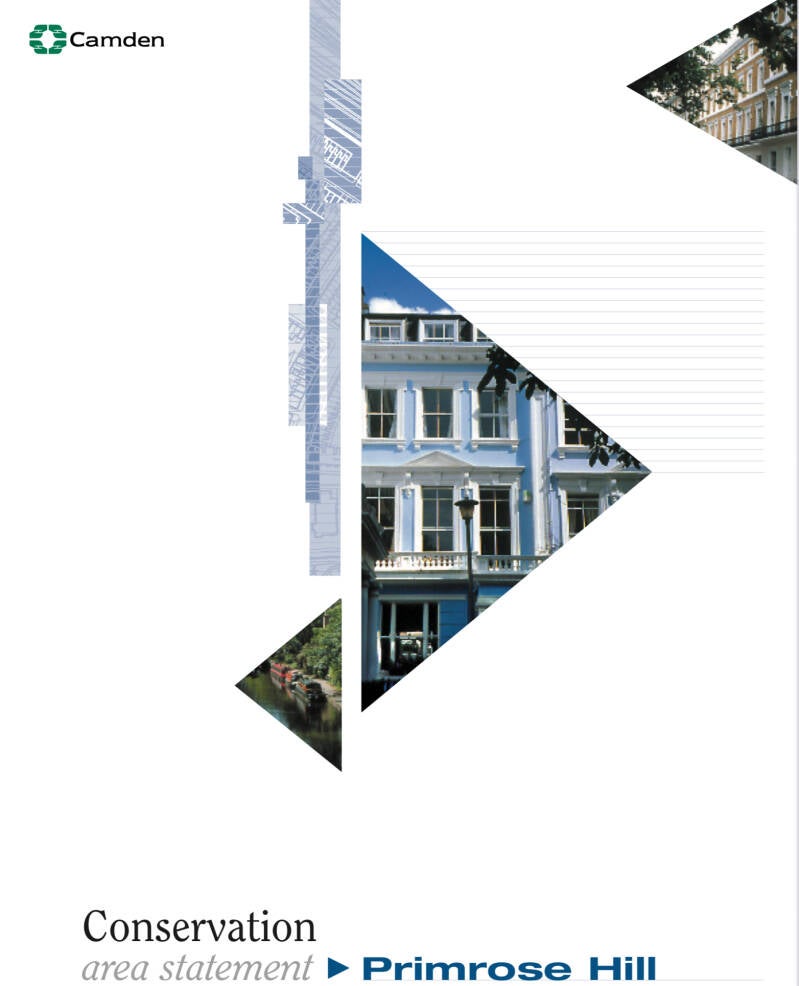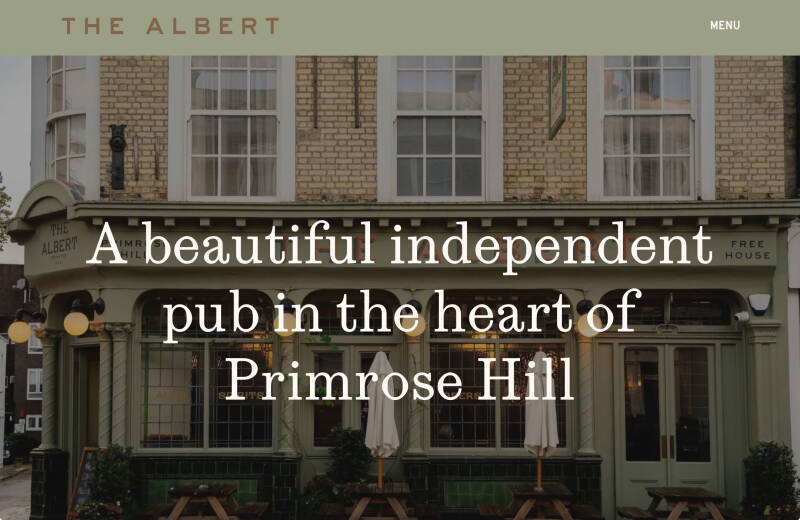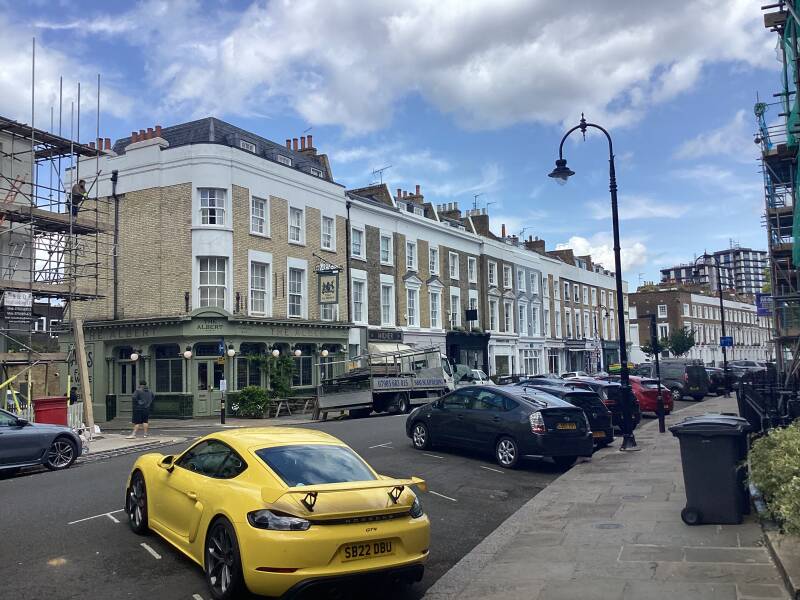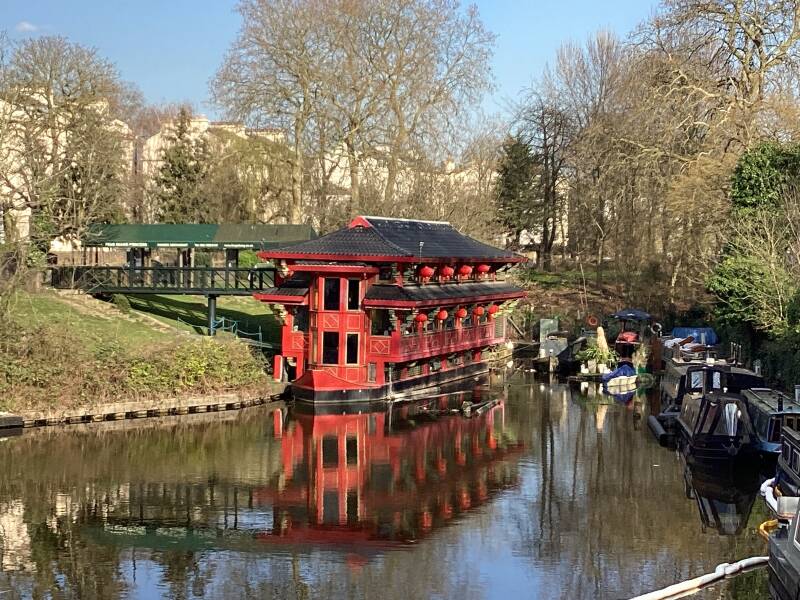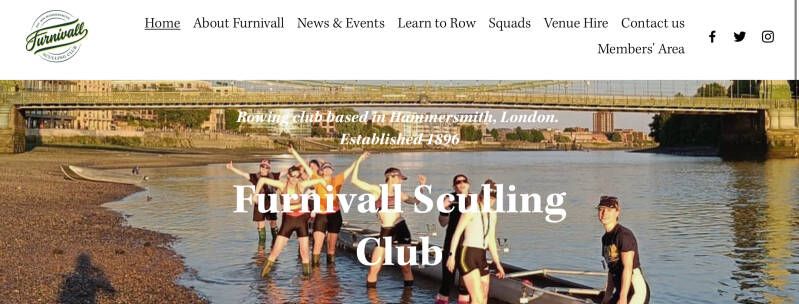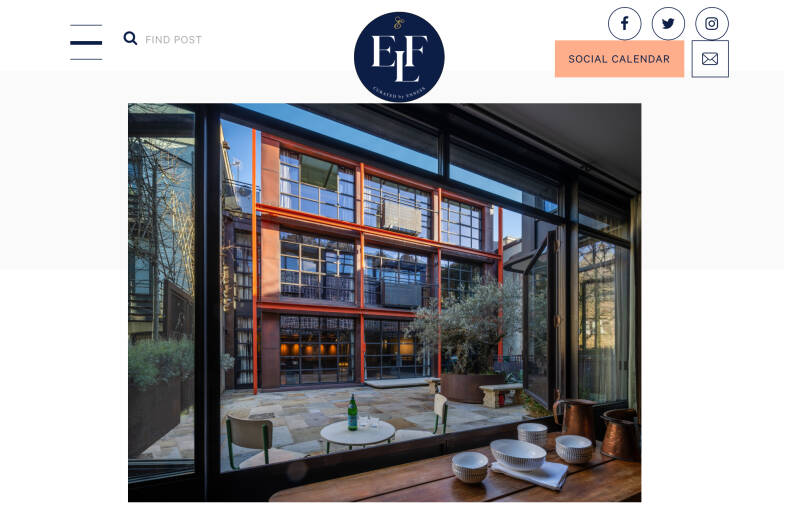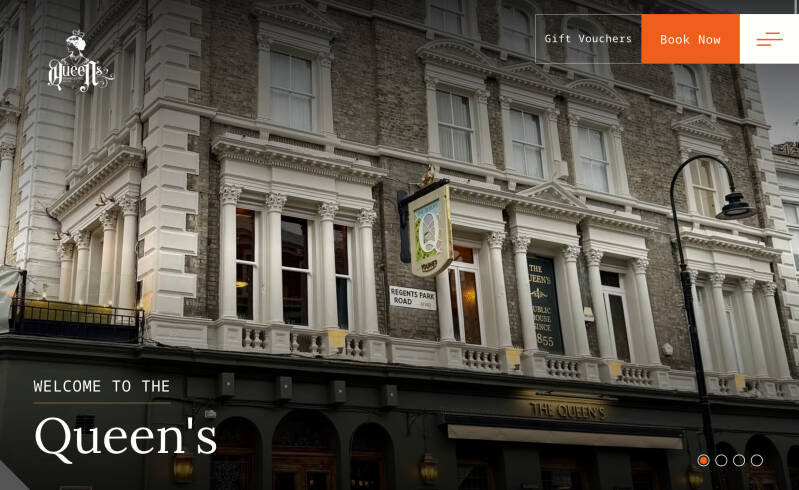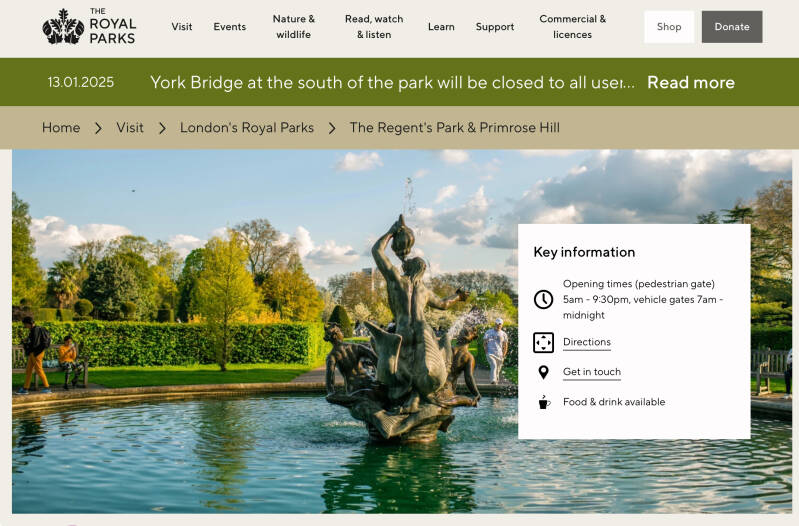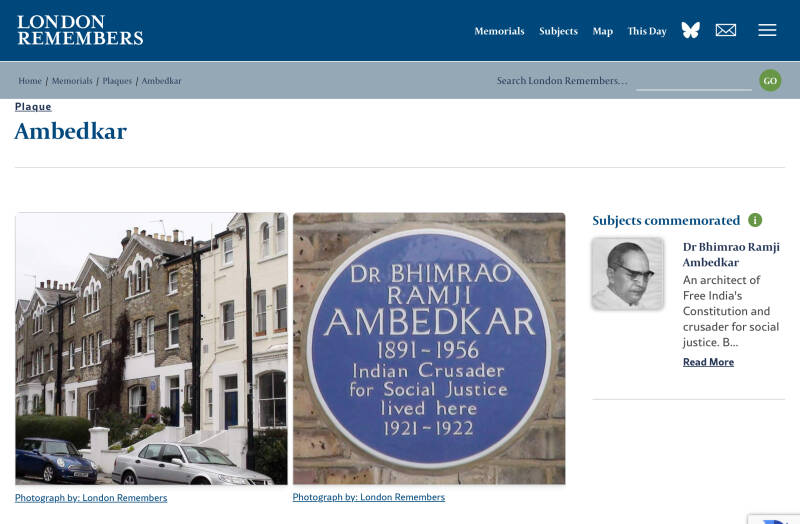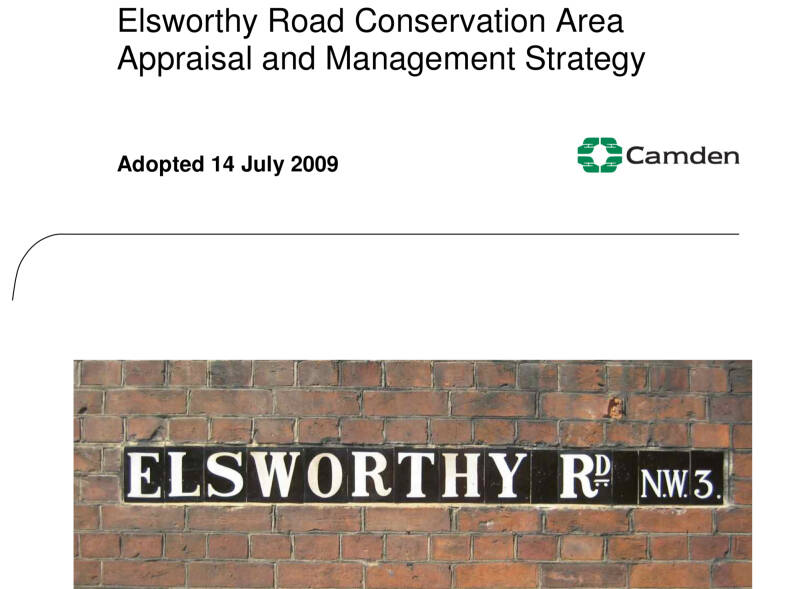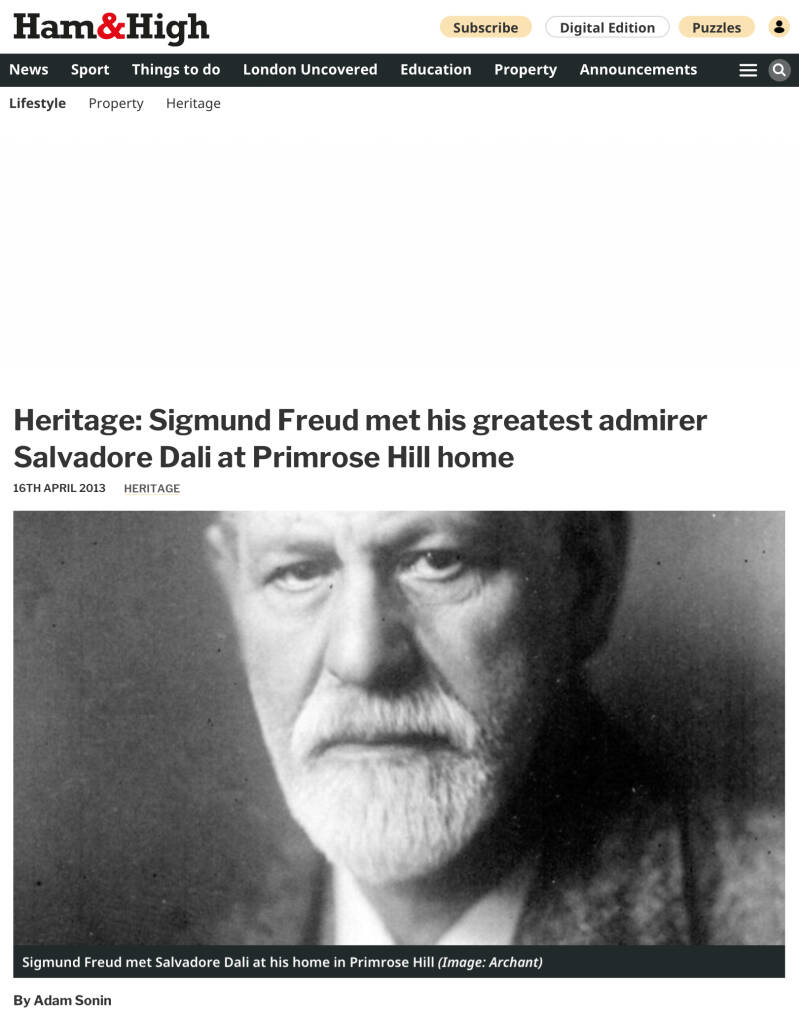The area according to the STJOHN’S SQUARE development promoters…

PRIMROSE HILL. And on, to ST.JOHN’S WOOD
In this chapter…
- the trail crisscrosses PH, towards THE VILLAGE, covering the main “sights”
- Diversion/Exit (South) to REGENT’S PARK and the West End. Enjoy JOHN NASH’s Regency terraces
- An idea: a diversion/Exit (North) to BELSIZE PARK and HAMPSTEAD
- Route to St.JOHN’s WOOD along the roads: the houses where Edward, Prince of Wales, was introduced Miss Simpson and where Freud had a unique encounter with Dali
- An alternative: a Route to St.JOHN’s WOOD trough PRIMROSE HILL PARK
- Lived here: JOSE RIZAL, FIEDRICH ENGELS, SYLVIA PLATH
Welcome to PRIMROSE HILL!
Heritage Trail
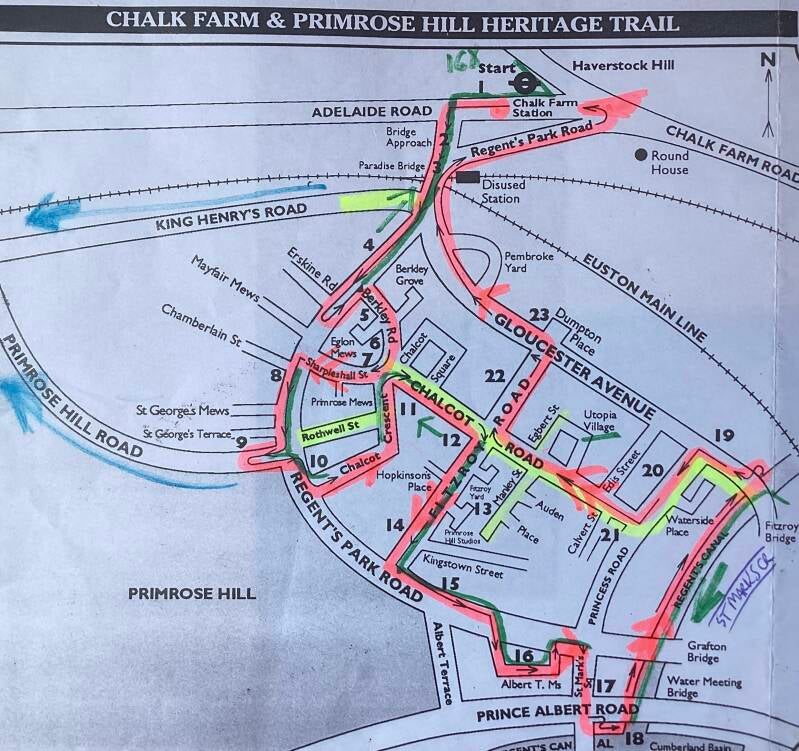
Railways


PRIMROSE HILL…Where is the hill?
Fashion and social aspiration conform the boundaries. Is this KENTISH TOWN, or CAMDEN TOWN… CHALK FARM?…Where does one end and the other begins?.
Part of the FOREST OF MIDDLESEX, The CHALCOT ESTATE was purchased by ETON COLLEGE in 1449. Two farm houses were associated with the estate -UPPER and LOWER CHALCOT, that CHALCOT (CALDECOT), being a cold hut. The UPPER, at the S end of ENGLAND’S LANE. The LOWER on the site of LEMONIA RESTAURANT.
All, part of the PARISH OF ST.PANCRAS.
PRIMROSE HILL is rather a modern name for the district. CHALK FARM (NO chalk in the soil here… remember: CALDECOT(S).
Most of the ETON and the SOUTHAMPTON ESTATES were developed, and the HILL escaped development…only just!. There were ideas of developing it as a BOTANICAL GARDEN, or as a CEMETERY (burrowing the ground and terminating it with a pyramid, in order to take up to 5 mil. bodies!). Finally, the CROWN COMMISSIONERS were persuaded to take it over for a public park, buying land from ETON and from LORD SOUTHAMPTON.
As always, the area was developed thanks to the proximity of the railways (trains to Euston, 1937). The LU underground arrived in 1907.
During the second part of the 19th c. the district became industrialised, especially the areas near the canal and the railway. From the 1960s PH/CF started to be gentrified, populated by the middle class and acquired a sort of a bohemien character and in the 1990s became unmarked, and populated by what was called the PRIMROSE HILL SET of famous writers, actors, artists…
FITZROY BRIDGE
Former accumulator, modern housing
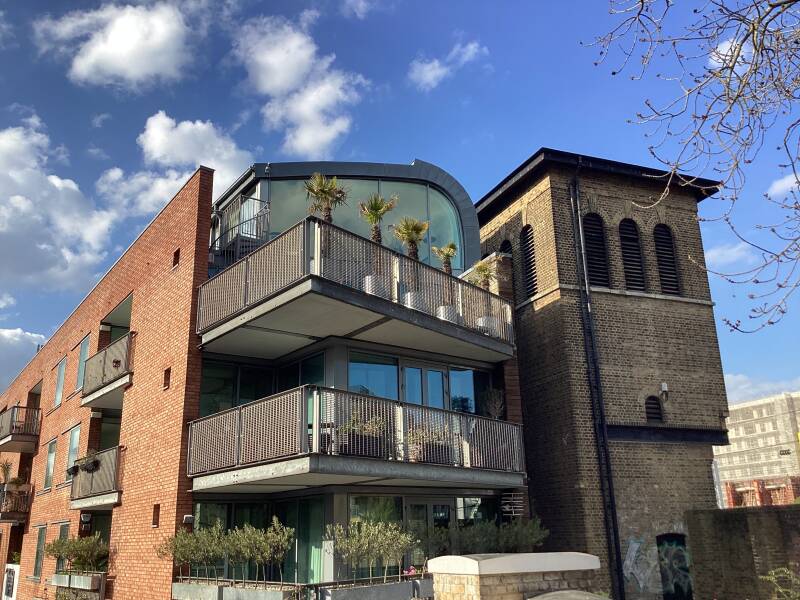
Hydraulic power stored by a reservoir. Principally hydraulic cranes and capstans were powered this way. It is the oldest of a handful of LNWR accumulator towers to survive.
The location of the original steam engine driven pumping house is uncertain, but the later pumping station, now demolished, was just north of the tower. The lower part of the tower was altered to accommodate a new rail track around 1912.
HORSE TUNNELS PRESERVED https://crht.thinknewr.com/sites/crht-and-locations/horse-tunnels/
Site of GOODS YARD
Site of the CAMDEN INCLINE ENGINE HOUSE
A stationary steam engine which pulled the first trains up the slope by cables, until 1844, when locomotives became more powerful..
The vaults or underground chambers survive: they housed the ENGINE and the 20ft DRIVE WHEEL, and the WINDING MECHANISM
The London and Birmingham Railway. 1837. ROBERT STEPHENSON
The first truly long distance railway in the world had its first terminus in CAMDEN. . Extended to EUSTON, this area was reserved for goods and livestock.
The PRIMROSE HILL TUNNEL and cuttings were necessary due to hilly terrain. And CABLE HAULAGE using FIXED ENGINES and ROPE. Until 1844, engines removed and chimneys demolished.
Sites and projects
No.44. Site of the POSTAL TELEGRAPH WORKS, ELECTRIC TELEGRAPH Co. Now, housing, THE COURTYARD
Victorian warehouse buildings around a central courtyard and a stand-alone residential house.
The Electric Telegraph Company (ETC) was a British telegraph company founded in 1846 by William Fothergill Cooke and John Ricardo. It was the world's first public telegraph company. The equipment used was the Cooke and Wheatstone telegraph, an electrical telegraph developed a few years earlier in collaboration with Charles Wheatstone. The system had been taken up by several railway companies for signalling purposes, but in forming the company Cooke intended to open up the technology to the public at large.
The ETC was heavily involved in laying submarine telegraph cables, including lines to the Netherlands, Ireland, the Channel Islands, and the Isle of Man. It operated the world's first specialised cable-laying ship, the Monarch. A private line was laid for Queen Victoria on the Isle of Wight. The company was nationalised in 1870 along with other British telegraph companies, and its assets were taken over by the General Post Office.
Telegraph and trains
A demonstration four-needle system was installed on the Euston to Camden Town section of Robert Stephenson's London and Birmingham Railway in 1837 for signalling rope-hauling of locomotives.
The Science Museum in London possesses two specimens of the 1837 telegraph line of William F. Cooke and Charles Wheatstone. as produced for the London- Birmingham railway. In those days trains needed hauling by rope up the gradient from Euston Square to Chalk Farm before the locomotive could take over. A telegraph was the most plausible way of solving the problem of how to tell the man with the stationary steam engine when to start hauling.
THE ENGINEER PH.
The Primrose Hill History website details how the plot of land was bought by Calvert's brewers who already ran the Chalk Farm Tavern. It is assumed they also built The Engineer, which appears on local maps by 1849.
It points out that although the sign depicts the engineer Isambard Kingdom Brunel - and the pub includes the Brunel Bar - the designer of the nearby London – Birmingham railway was in fact Robert Stephenson, son of 'Rocket' designer George. However BRUNEL, here portrayed in front of SALTASH BRIDGE, had some involvement with the English canal system.
The cellars are linked to the canal through a boarded up passage… Chop chop Charlie ran here in the 70s a Christmas Club
Princess Road
LSB sign. Separate entrances for BOYS, GIRLS and INFANTS. Originally, 240 PAGE’s ROTTEN SAUSAGES received lessons in 4 classrooms. Mr. Page was the local butcher based around the corner, the “rotten sausages” meant the kids…
THE ALBERT P.H.

Diversion route: towards ST.MARK’S church and REGENT’S PARK & LONDON ZOO

Possible return towards the West End along Outer Circle or Regent’s Park Broad Walk
St.Mark’s Square
ST.MARK’s church


REGENT’S CANAL, Northumberland branch.
The Cumberland Market Branch of the Regent’s Canal known as The Cumberland Arm was a half mile branch of the Regents Canal from a junction at Regents Park running parallel with Albany Street behind Regents Park Barracks and finishing in its basin at a former market near Euston Station. The Arm was built the same time as the rest of the Regents Canal in 1816.
Feng Shang Princess, Chinese floating restaurant
Outer Circle
LONDON ZOO

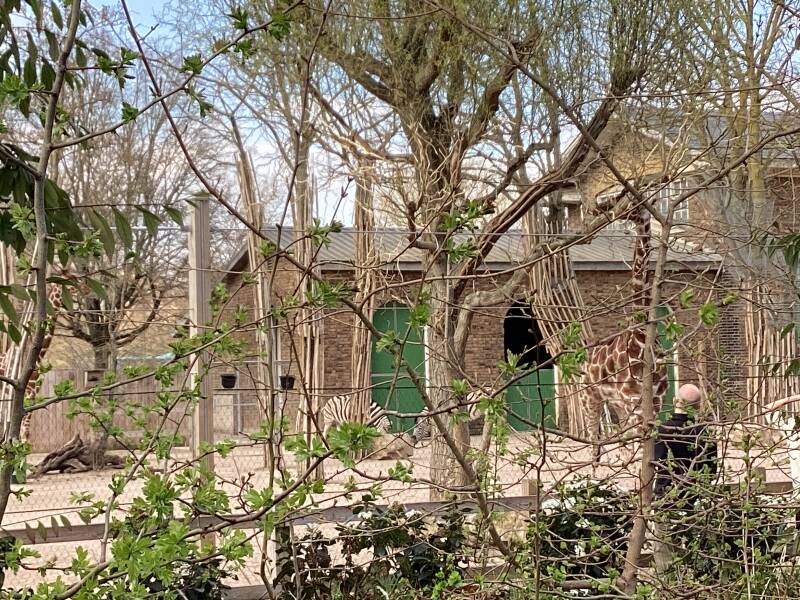

The first London “zoo”: https://www.hrp.org.uk/tower-of-london/history-and-stories/the-tower-of-london-menagerie/
History of the ZSL: https://www.zsl.org/about-zsl/organisation/history-of-zsl
ZSL LIBRARY & ARCHIVE


Docking station inside Car Park
Gloucester Gate
St.Katharine Precinct
Former ST.KATHARINE’S FOUNDATION, now the DANISH CHURCH in London




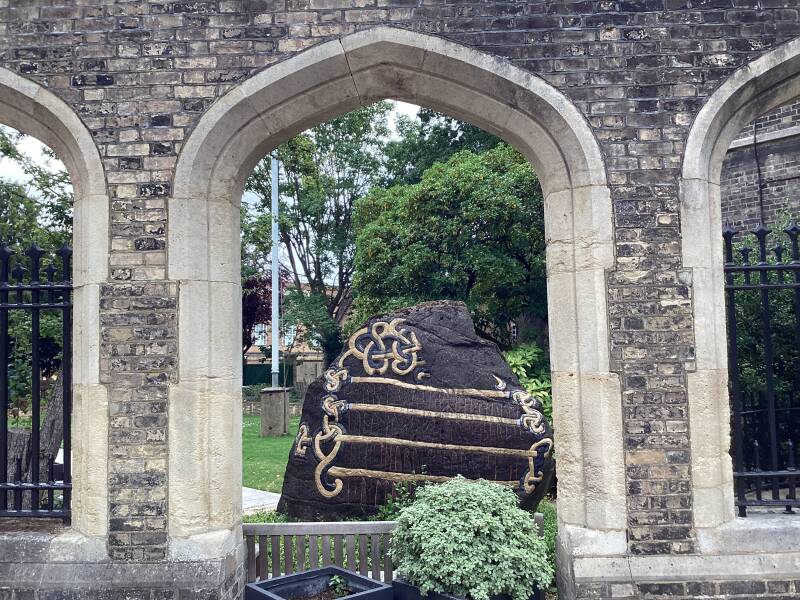
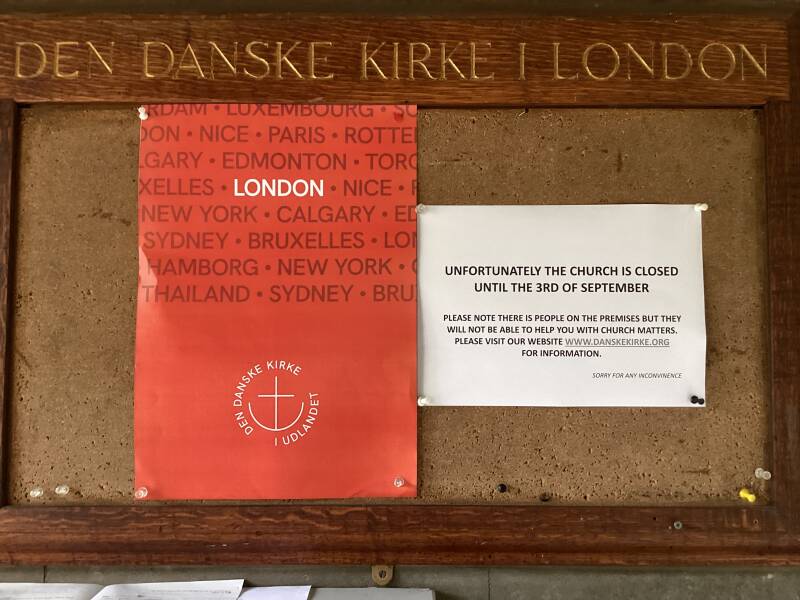
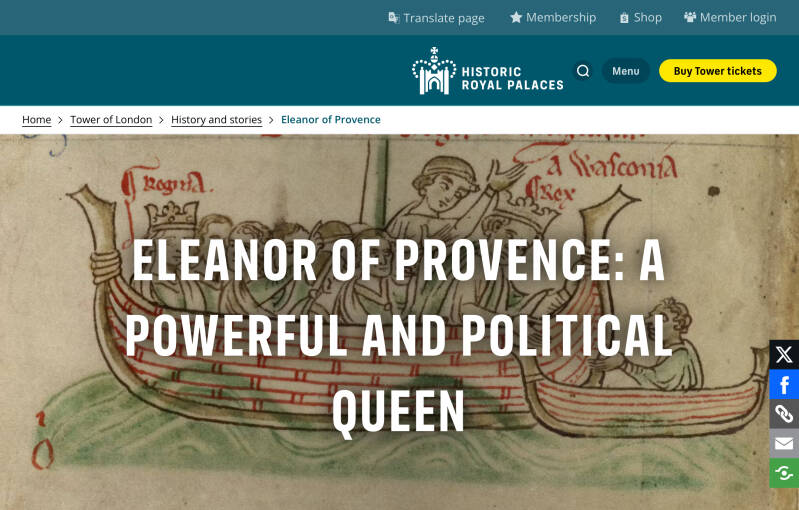
FOUNDER OF PETERBOROUGH COLLEGE, CAMBRUDGE https://historiausurpada.blogspot.com/2020/04/a-queen-of-house-of-barcelona-behind-the-creation-of-the-first-cambridge-college.html
Cumberland Terrace
Chester Terrace

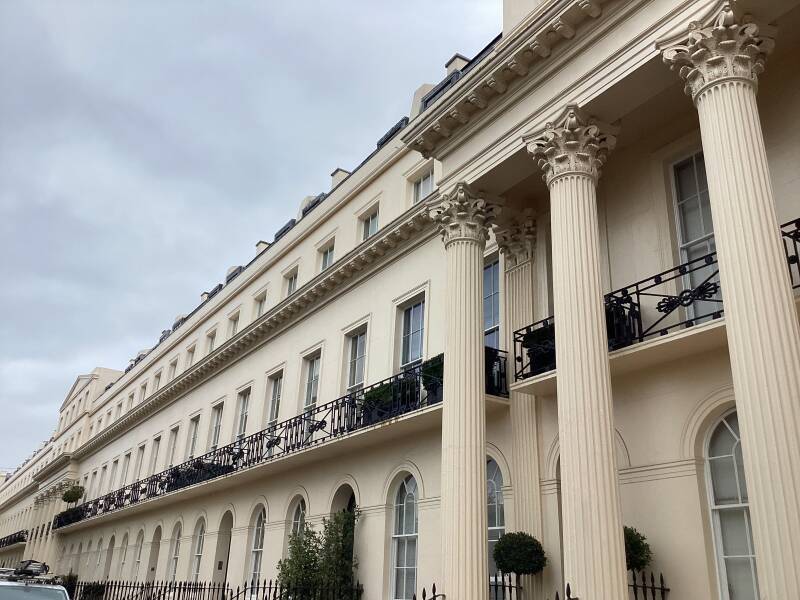
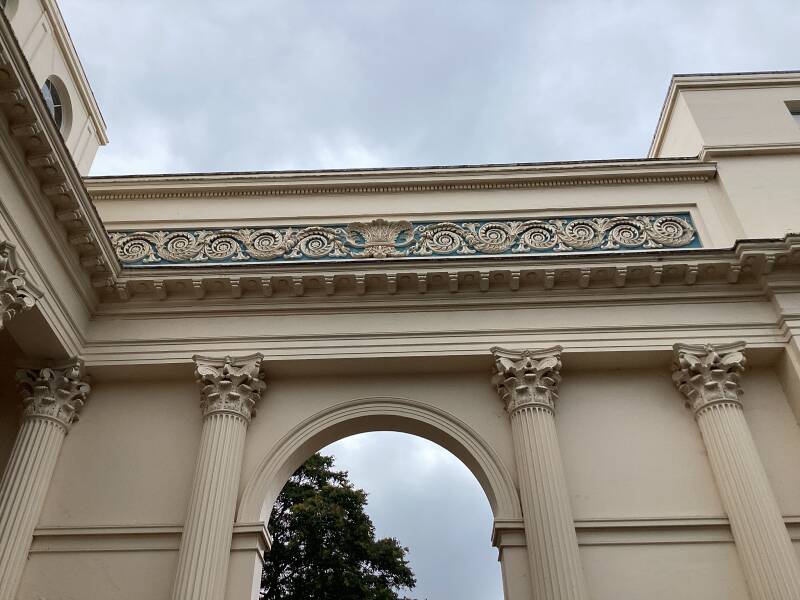
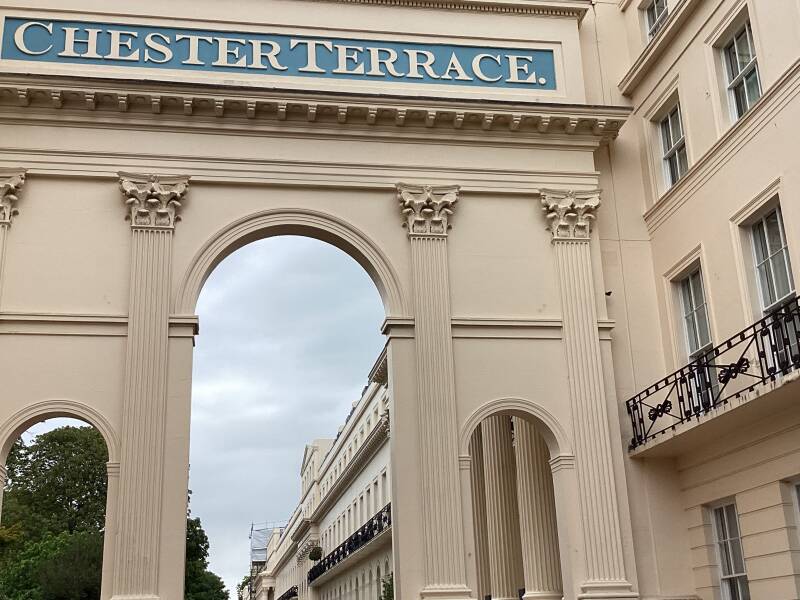
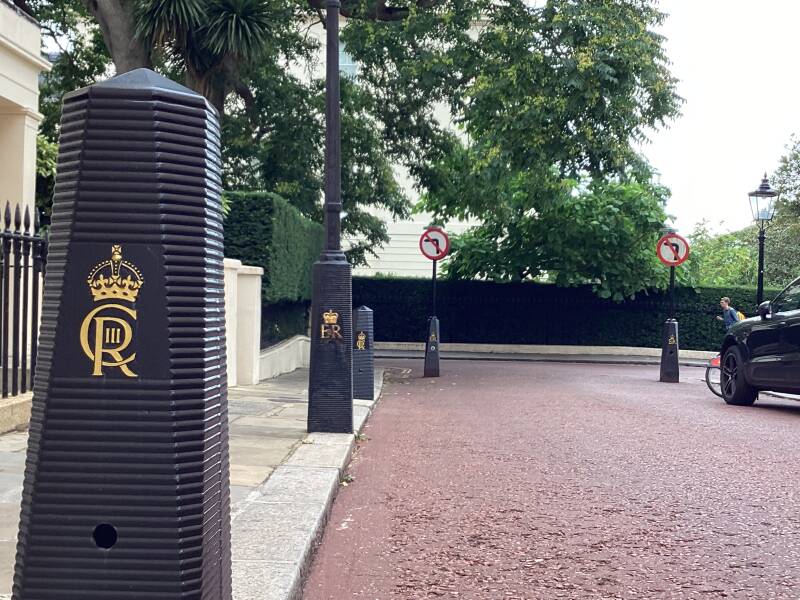
Why not visiting REGENT’S PARK Inner Circle?
Cambridge Terrace
Cambridge Gate
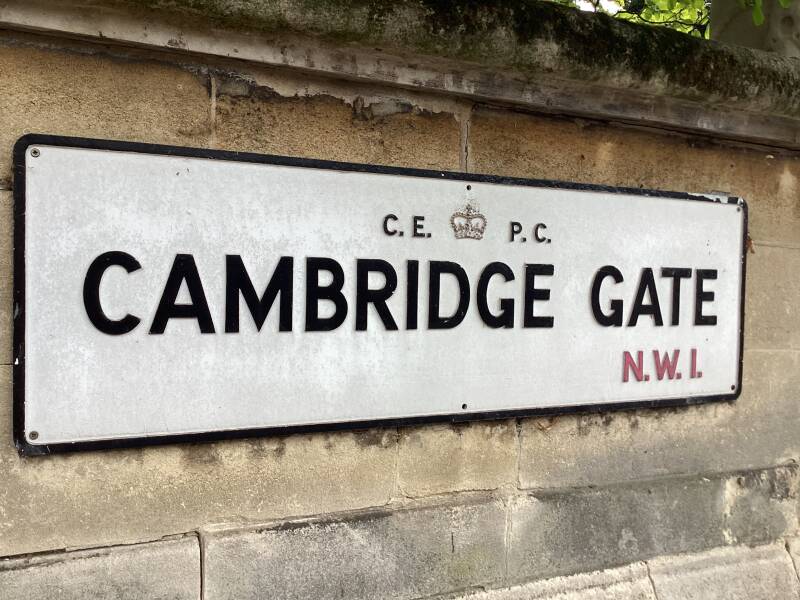
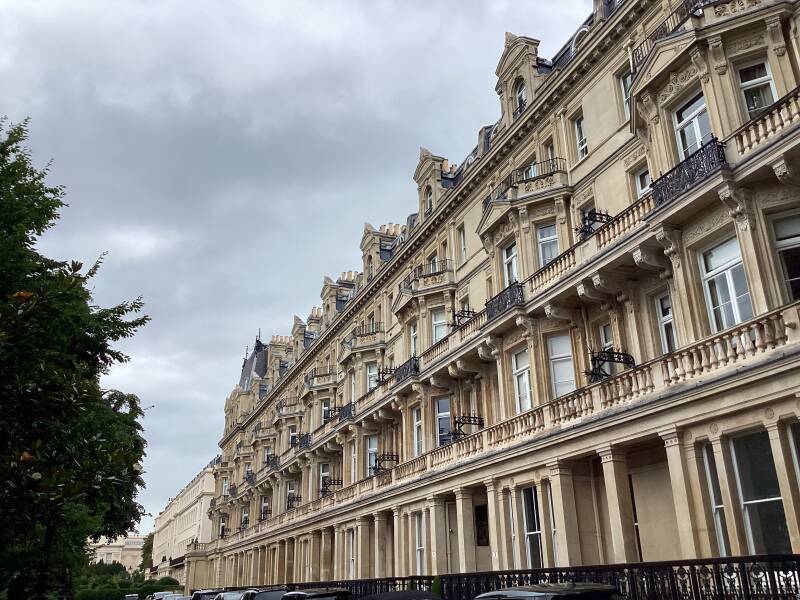
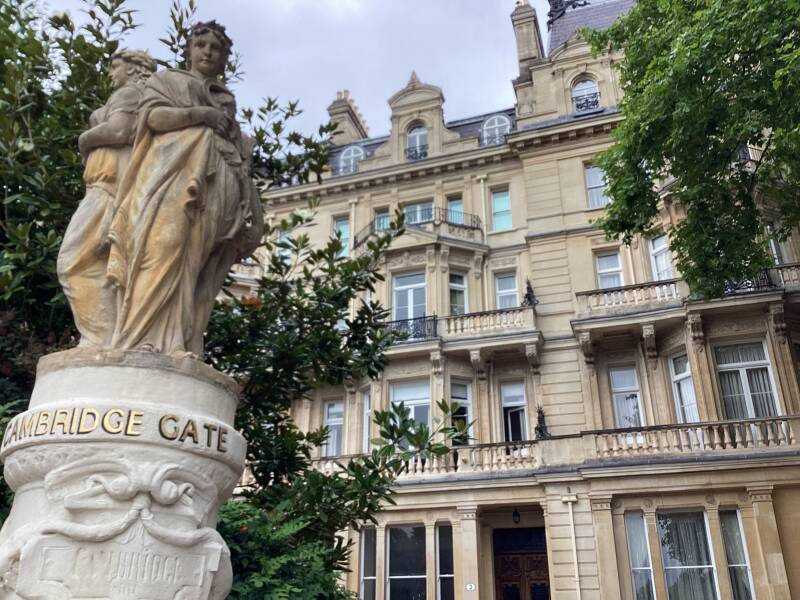
ROYAL COLLEGE OF PHYSICIANS
Former DIORAMA
Church
Marylebone Road
JFK MEMORIAL at the International Students House
Park Crescent
Portland Place
LORD LISTER MEMORIAL
RIBA
MARSHALL SIKORSKY MEMORIAL
BBC’s BROADCASTING HOUSE
THE LANGHAM HOTEL

Back to the original route, through PRIMROSE HILL
After the former POSTAL TELEGRAPH WORKS, ELECTRICAL TELEGRAPH Co.
Gloucester Ave. > Edis St.
EDIS ST.

For interesting historical events having taken place in the Great Central Hotel (Liberal Judaism, Suffragettes….) :https://www.landmarklondon.co.uk/about/heritage/
Named after COLONEL SIR ROBERT WILLIAM EDIS, who represented the district on the LCC. He designed the GREAT CENTRAL HOTEL, opp. MARYLEBONE STATION, and the drill hall of the MIDDLESEX (ARTISTS) RIFLE VOLUNTEERS (in BLOOMSBURY, now THE PLACE, dance school) of whom he was a member.
THE QUEENS TAVERN
Known as the “LITTLE QUEENS” to distinguish it from the “TOP QUEENS”, REGENT’S PARK ROAD.
Chalcot Road
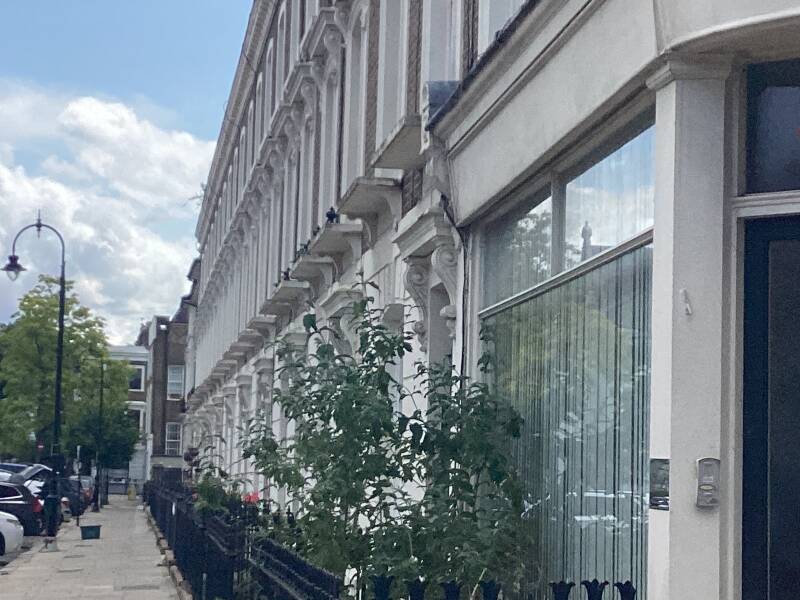
Chalcot?
The surname "Chalcot" originates from the Old English words "ceald" (meaning "cold") and "cot" (meaning "cottage" or "hut"), signifying a dwelling at a cold or sheltered cottage. The name is associated with place names like Caldecot in Peterborough and Worcestershire, where the family resided. The name also appears as "Chalcott" or "Chalk Farm," a variation that developed over time, with "Chalk Farm" being a more recent coinage. The origin of the name is disputed: it certainly does not derive from the soil, as the area is built on London Clay. The consensus view is that "Chalk Farm" derives from Middle EnglishChaldecote or Caldecote, a common English toponym meaning "cold cottage" first attested in the area of Chalk Farm in 1256. This had become Chalcotts by the 16th century, and Chalk by 1746. The full form "Chalk Farm" is a 19th-century coinage, though "Chalcott" remained in use in the early 19th century for a nearby estate, formerly the Upper and Lower Chalcot Farms.
CALVERT ST.
After the local family who owned the brewery in GOUCESTER AVE.
THE UTOPIA VILLAGE

Named after UTOPIA RECORDS, originally, here, the workshops of MANLEY & ROGERS, the developers of the area. Replaced in 1888;by SPENCER’S PIANO FACTORY, where clockwork gramophones were made, as well (on the first floor, then lowered through a hatch into a horse and cart waiting outside,
During WW2 taken by the SCIENTIFIC COMMUNICATIONS COMPANY.
After the War, here, the father of theatre director PETER BROOK managed the company making laxatives, and one of the products was BROOKLAX.
From 1967, telephone sets made here. From 1979, divided into workshops.
Now MARKET TECH?
2015. Market Tech Holdings plc, controlled by Israeli billionaire Teddy Sagi expanded its property portfolio in London's Camden Market area by acquiring the Utopia Village office complex for £44 million. 2017. Market Tech was rebranded as LabTech, focusing on property and technology. LabTech continues to develop its "ecosystem" of properties, offering co-working spaces (looking for collaborations between high-tech, fashion, design and other creative industries) alongside retail and entertainment options, according to BusinessCloud
Off Chalcot Road: Manley St, Auden Pl.
PAUL HOGARTH (1917-2001] lived here
He worked as an illustrator with a number of eminent authors, including Robert Graves, Graham Greene, Brendan Behan, Lawrence Durrell, and William Golding. He illustrated the New Penguin Shakespeare series of paperbacks in the 1970s, and his work can also be seen on the cover of John Wyndham's The Midwich Cuckoos He illustrated a large format edition of Peter Mayle's 'Year in Provence' in 1992.
Chalcot Rd.> along Fitzroy Road
The son of the king…

No.8. Former Scrivener & White BUILDING YARD
Builders of the showroom next to HOPKINSON’S PIANO FACTORY, 1890. Old timber racks.
No.3. Home of EDWARD ANGELO GODALL
Landscape and orientalist painter, he was the artist to the British GUYANA BOUNDARY EXPEDITION, 1841-44, (the Prussian government commissioned scientists to collect natural history specimens for the Berlin museums, and artists to reproduce them. As well, appointed artist in the CRIMEA WAR for ILLUSTRATED LONDON NEWS.
From a family of artists, his father was the engraver of TURNER’s works.
No.1. Home of JOSEPH GANDAR, the developer and a member to the MUGGLETONIANS
Muggletonians?
A religious sect f. by “ prophet” LODOWICK MUGGLETON, in CROMWELLIAN times. A group grown out of the RENTERS, in opposition to QUAKERS. Non-conformists, dissenters… who denied the authority of churches and scriptures, and calling to listen to the DIVINE WITHIN US(!) and for who no sin existed (amoralism, sin only as a threat).
The congregation first meeting rooms, at no. 7 NEW STREET, CITY OF LONDON, which was reckoned to be built on the former site of Lodowick Muggleton’s birthplace, Walnut Tree Yard, BISHOPSGATE, were purchase thanks to a legacy from GANDAR and other donations
LODOWICK TERRACE, was the name given to part of GLOUCESTER AVE.
>Gloucester Ave.
DUPTON PLACE, site of FISH-CURING FACTORY
Dumpton Place’s proximity to the railway made it a delivery point for goods coming into London. Two large sheds, on either side of Dumpton Place, were operated by Pickford’s, the carriers, in the 1880s and 1890s. These then became the processing point of Scottish herrings for Mac Fisheries, the leading fish retailer founded by Lord Leverhulme. The herrings were kippered in a smoking shed at the back of 46−88 Gloucester Avenue. The whole area would have reeked of fish – but excellent fish was therefore available in the local pubs, including The Lansdowne, which opened early in the morning to serve thirsty railwaymen coming off nightshift. The sheds also at one time worked as a large-scale laundry.
THE LANSDOWNE P.H.
From railway workers den, to strip club, to gastropub
A bridge?
For over a hundred years Dumpton Place played a central role in Primrose Hill’s industrial history. It was the main link between the area and Camden Goods Yard. At its end, on the other side of the railway’s boundary wall, stood the enormous Passenger Engine Shed, much larger than the Roundhouse. Later known as the Camden Motive Power Depot, or simply the Camden Shed, it was reached by a footbridge over two lines until it was demolished in 1966. As the railway was the major employer in the area and owned the Railway Cottages, used to house railway employees, on the site of what is now Auden Place, many of those living in Primrose Hill crossed this bridge on a daily basis. The footings of an earlier entrance can also still be seen. The employment provided by the Camden Goods Yard came, however, at a price. The steam engines being serviced and coaled at the Passenger Engine Shed, together with the hundreds of engines hauling trains up from Euston every day, covered the area in soot, with flakes an inch thick floating in the air. The resulting grime made the hanging out of washing impossible until the introduction of the Clean Air Act of 1956 and the end of steam locomotion.
>Fitzroy Road, S
Hopkinson’s Place
Site of HOPKINSON’S PIANO FACTORY, now COMMUNITY CENTRE
The piano makers in the UK originally came from Germany in the 1700s. By the 19th century, this area had become the centre of the country’s piano manufacturing industry, because the rich network of rail, canal and road networks made transportation of bulky goods relatively simple. At the peak of the industry there were approximately 360 piano factories across England, with over 100 situated between Camden Town and Tufnell Park.
Former machine shop, boiler zoom, stables.
No. 44. Main factory. Now flats.
1866, extended 1874. Massive pillars supported the floors. Iron fire doors. “Lofty pediments building in a subdued Roman style” (THE LAND, by JACQUETTA HAWKES, archaeologist, who lived at no.39)
1851. JOHN and JAMES HOOKINSON took up a New patent of repetition action piano. They went into back music publishing, opening shops in the West End. Awards.
After WW2, piano manufacturing declined (the last successor, the BRITISH PIANO MANUFACTURING COMPANY, went into liquidation in 2003).
Here, the piano makers moved out in 1948, and MAZDA made light bulbs, until the late 70s. Converted after a sustained campaign to prevent demolition.
No.23. WILLIAM BUTLER YEATS lived here, as a boy
William Butler (WB) Yeats lived at 23 Fitzroy Road in Primrose Hill from the age of two to eight (1867 – 73). His father was John Butler Yeats, who started out conventionally enough. He trained to be a lawyer, married and had the first batch of his six children, William Butler (Willie) in 1865 and Susan Mary (Lily) in 1866. But after only a year as a barrister, he decided to give it up and move to London to become an artist.
In the same house, SILVYA PLATdied

No.46. H.G WELLS lived here
23 years old. With his aunt. Convenient for his first teaching position, in KILBURN, and for his science studies, at UNIVERSITY OF LONDON.
In WAR OF THE WORLDS, aliens make a final base in P.HILL.
PRIMROSE HILL STUDIOS
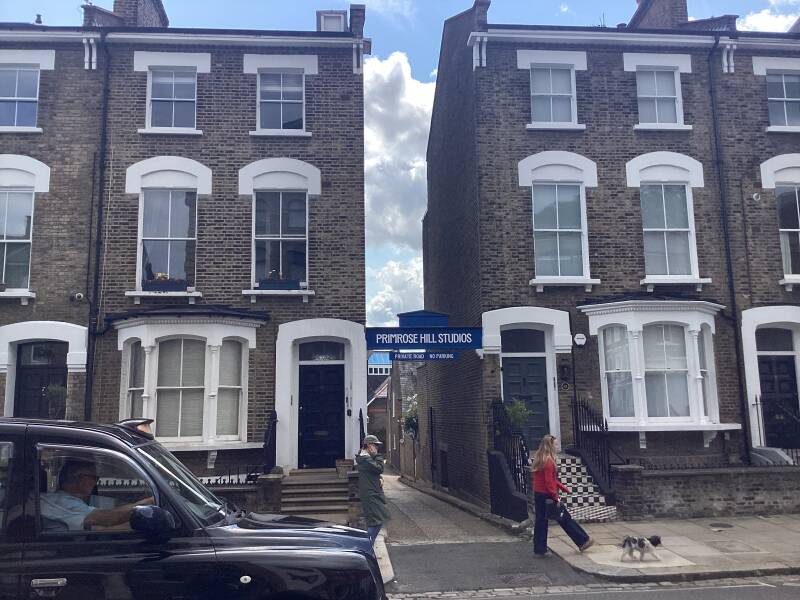
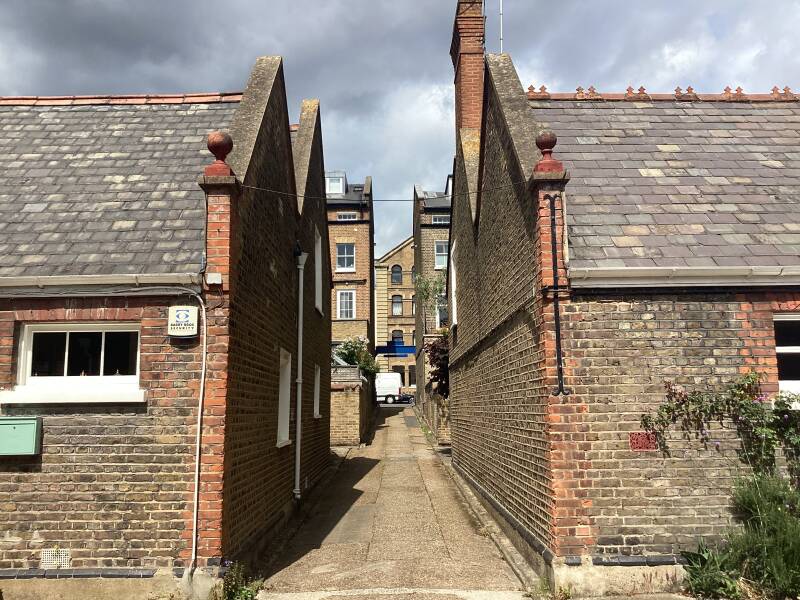
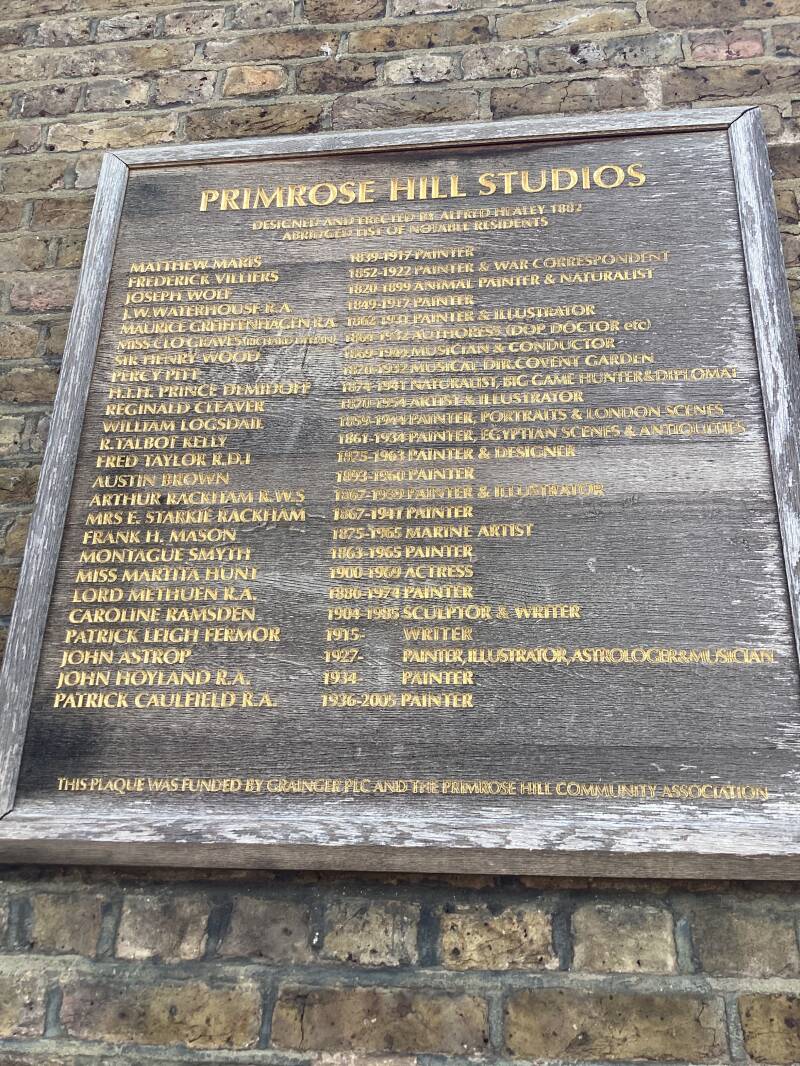
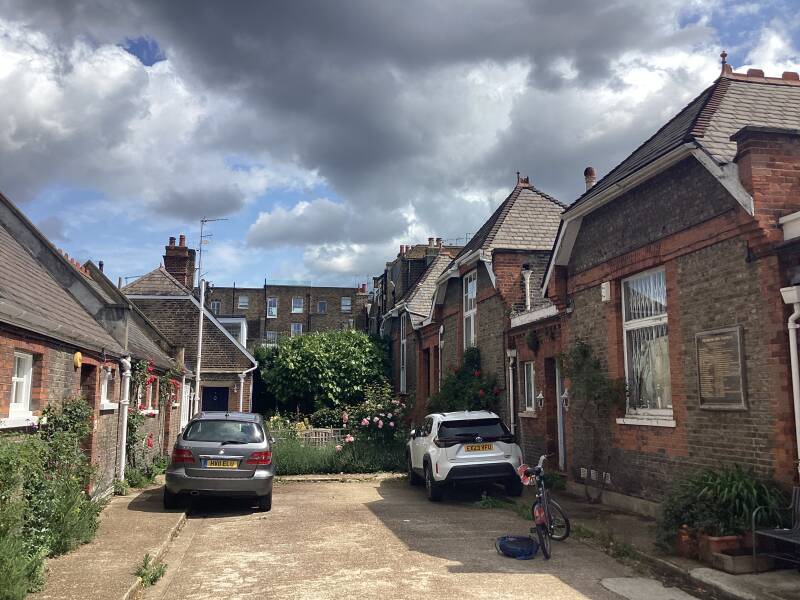
A courtyard surrounded by 12 cottages, completed with skylights, suitable for use as artists’ studios. Designed and built (between 1877 and 1882) by ALFRED HEALEY, local property owner a nd builder. His father had developed the CROWN ESTATE, off REGENT’S PARK.
A keeper and wife supervised the cleaning and provided hot meals, an arrangement that continued until the 1940s and which was described by JOSEPH BHUTTON, in BY THE ORDER OF THE CZAR, as similar to that of old fashioned colleges or inns.
Home to artists like:
JOSEPH WOLFE, who drew animals for the ZOO
HENRY WOOD, founder of the PROMS
CAROLINE RAMSDEN, writer, sculptor and racehorse owner.
ARTHUR RAKHAM, illustrator
Fitzroy Yard
Site of GORDON FRASER GREETING CARDS Co, then SIDFELL-GIBSON Architects (GRAND BUILDINGS, Trafalgar Sq.)now residential

Along Chalcot St.
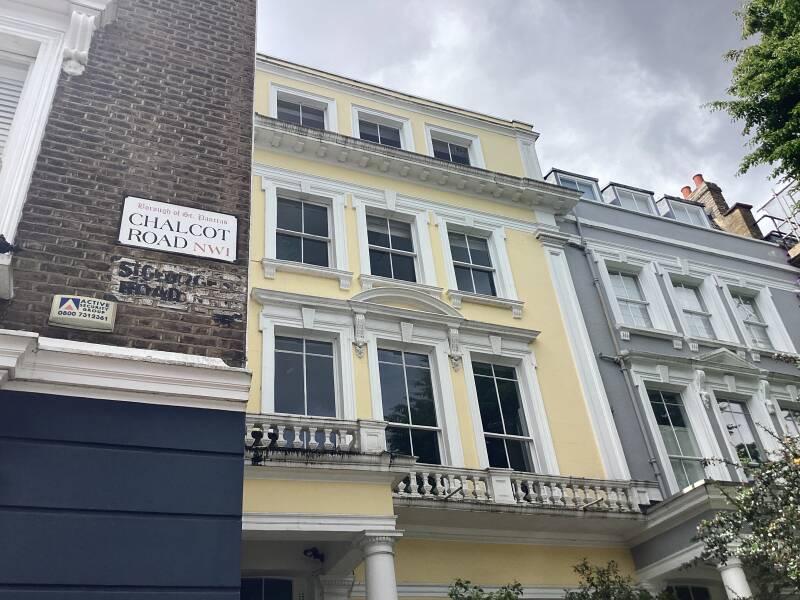

Chalcot Square
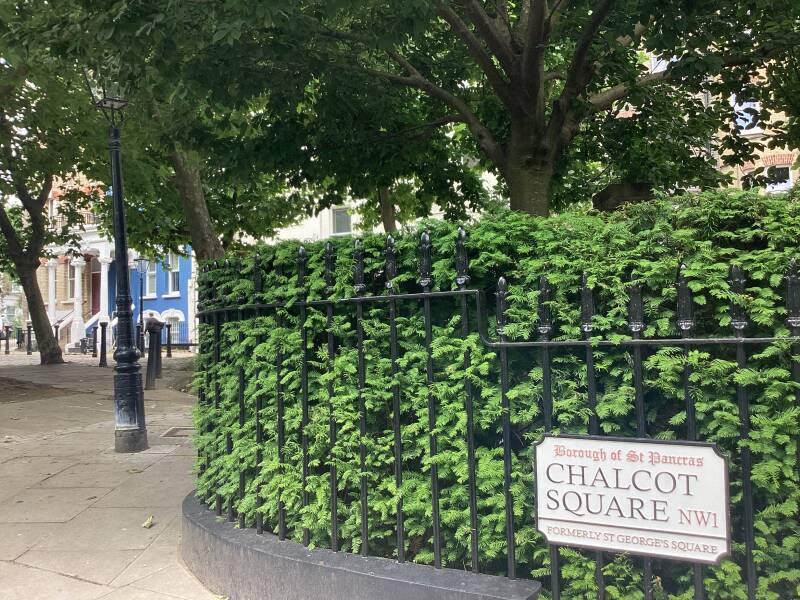
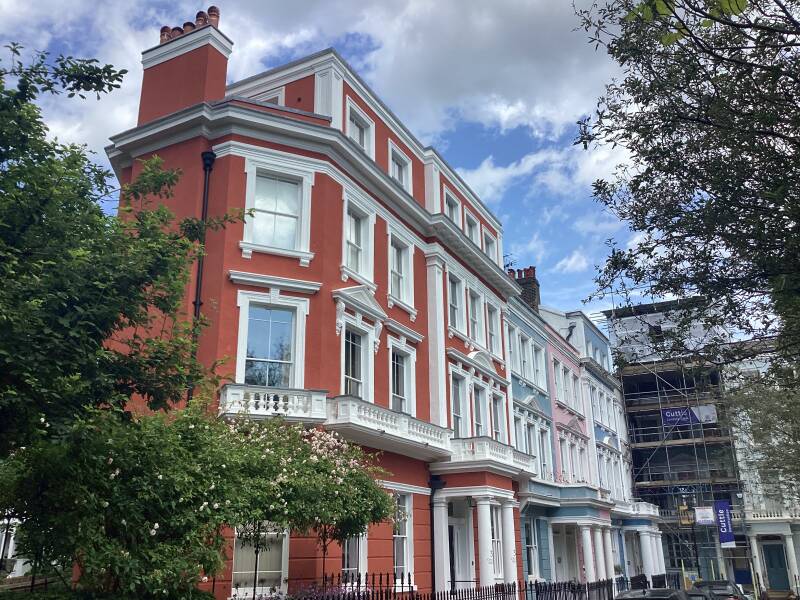
Houses b. in the 1850s. “SENTRY-BOX” porches.
No.3. FREDERICK FURNIVALL lived here
Philologist. Editor of CHAUCER. Founder of SHAKESPRARE’s SOCIETY. Founder and editor of OXFORD ENGLISH DICTIONARY.. Founder and lecturer at WORKING MEN’S COLLEGE, CAMDEN TOWN (he set up the FURNIVALL SUPPER for poor people). Founder of HAMMERSMITH SCULLING CLUB. A Christian Socialist (KINGSLEY, RUSKIN… circle)
Visit FURNIVAL GARDENS, HAMMERSMITH
No.3. SYLVIA PLATH lived here, with husband TED HUGUES
B.MASSACHUSSETS, 1932. Following her failure to get into a writing course, 1953, she attempted suicide. After graduating, came to England, thanks to a FULBRIGHT SCHOLARSHIP. Met T.H. in Falcon Yard -Women’s Union, a bohemian place. Married in 1956.
Icon for feminists, a role model who paved the way for many women writers.
No.1. Dr. CHARLES READ’s home
including well-off Japanese students and a mental patient with his nurse.
Daughter ETHEL MUMFORD (that is her married name) published THROUGH ROSE-COLOURED SPECTACLES, recalling her childhood.
Chalcot Crescent
In the Paddington movies, the Brown family's home, 32 Windsor Gardens, was filmed on Chalcot Crescent in Primrose Hill, London. While the movie depicts Windsor Gardens in a picturesque neighborhood, the actual filming location is this curved street of colorful houses. The house used for the exteriors of the Brown family's home is 30 Chalcot Crescent.
Dr.JOSE RIZAL lived here
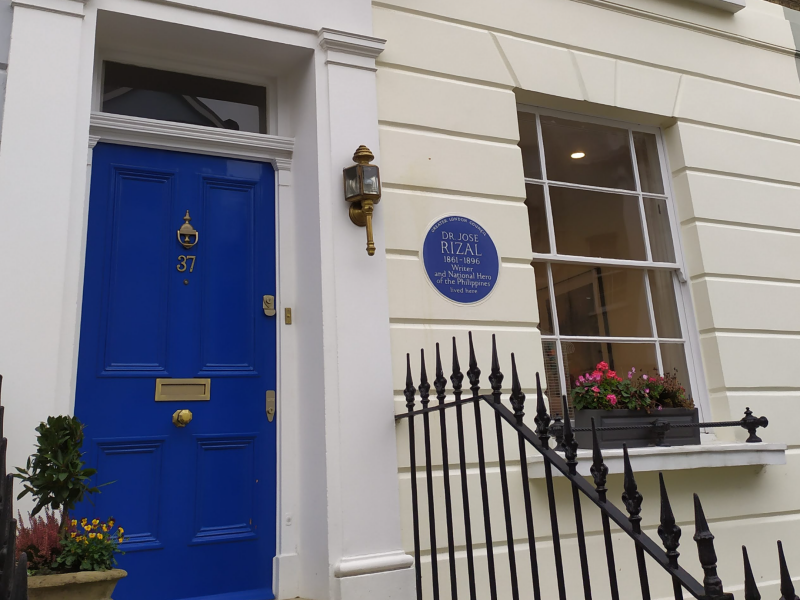
Filipino father, Chinese mother. University of St.Thomas,, Manila. 1882. Post-graduate work in Madrid. In Europe for the next 5 years. In 1886 he wrote NOLI ME TANGERE, a novel exploring colonial oppression, church corruption, social injustice and the revival of Filipino identity under Spanish rule, extremely critical with the church and Spanish colonialism in the Phi., which brought him the unwanted attention of the authorities. He continued to spend most of his time outside his native country.
In London, briefly, in 1888-89, 27 years old.
In 1892 back to Manila. He founded LIGA FILIPINA, campaigning for peaceful change. Result: 4 years in Mindanao, in exiled.
When revolt broke out, 1896, despite his advocacy of non-violence, he was arrested, tried for sedition and executed by firing squad.
Sharpleshall St.
As the land was owned by barrister RICHARD RAINSHAW, who used to go shooting to the Lancashire Moors, and his country retreat was called SHARPLES HALL…
Former public library, now PH COMMUNITY LIBRARY
Originally, shops
Primrose Mews
Site of THURSTON’S BILLIARD TABLE factory
F.1799, world’s oldest. Moved out 1983, and demolished.
Site of MAYFAIR STUDIOS
The studio, located at 64 South Molton Street in the Mayfair area of the West End of London, was originally established in the late 1950s by jazz composer and saxophonist Johnny Dankworth as Ryemuse Studios. In 1968, a company called Spot Productions opened offices in the same building and began using the studio extensively, leading to the studio sometimes being referred to as Spot Studios.[1]John Hudson worked there as the chief engineer, having joined the company from BBC. In 1971, Ryemuse/Spot officially changed its name to Mayfair Studios.[1][3] In 1977, John Hudson and his wife Kate took over the management of the studio, and bought the company two years later. In 1980, faced with the impending sale of the studio's current location on South Molton Street, the Hudsons found a new site
Berkley Road
Named, when build, around 1860, after the select and elegant BERKELEY SQ., in MAYFAIR.
EDITH’S STREETS says:” Northern boundary of old pleasure gardens. as such was present, though unnamed and without houses, in the parish map of 1849. The 1860 map shows the road clearly and named. The name seems to have no local significance and may be just an attempt to achieve Mayfair elegance. Its first houses were known as Norfolk Terrace.”
CHALK FARM BAPTIST CHURCH
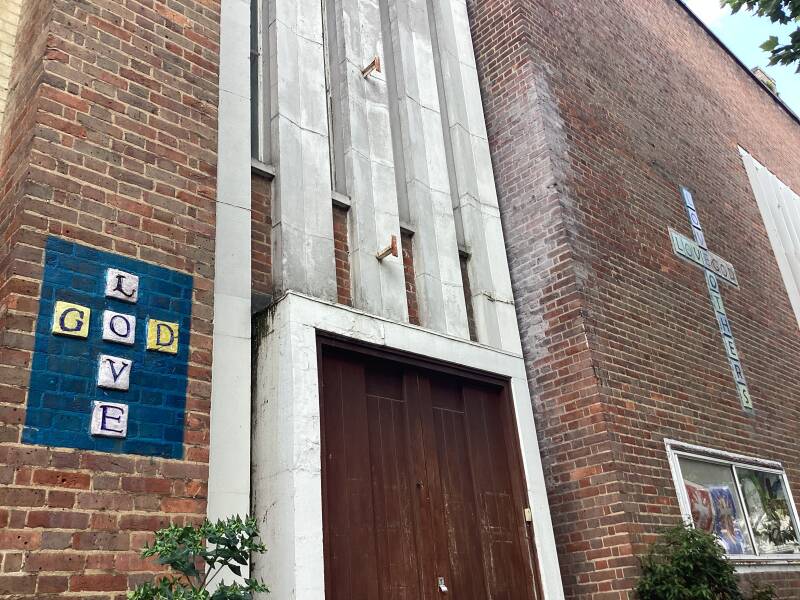
The foundation stone of the building was laid on 13 June 1870 : and it was opened on 15 February 1871, with a capacity of 850 seats. In 1957, the building was reconstructed after bomb damage and a bottle was found under the foundation stone, containing a copy of the Camden &Kentish Town Gazette, , forerunner of the North I.ondon Press.
Eglon Mews
1867. As stables for the houses. In the 20th c. a small motor-car factory was set up here.
The building over the entrance was WILDLAKED ORGAN FACTORY, which later became a piano factory, remaining here until 1960.
EGLON, the King of Moab, in the Old Testament.
Berkley Grove
Site of the ENDOLITHIC IVORY MARBLE COMPANY
The P.H. “Village”

Turning right (N)>route towards ST.JOHN’S WOOD Along Regent’s Park Road
Shops and eateries
Old chemist’s sign
No.77. Site of undertaker
Horse-drawn hearses parked in MAYFAIR MEWS
No.75 Former P.H., former dairy
Cowshed at the rear?
Named after the LORD CHANCELOR, Th. ERSKINE
Erskine Rd.
Site of MALCOLM & Co. ORGAN FACTORY
Former Manor House, inn, pub, now LEMONIA Greek restaurant
Is this the LOWER CHALCOT FARMHOUSE?
CHALK FARM is named after 2 nearby farms, UPPER and LOWER. CALDICOTE might be an Anglo-Saxon word meaning “a bleak slope with some cold cottages”. The LOWER farmhouse became Ann, providing entertainment to locals and to Londoners walking across the fields.
17th c. Farm cum Ale house (Judge GODFREY’s inquest)
1760. Renamed as THE STAG & HOUNDS
Still in 1785 farmhouse tenanted by THOMAS RHODES.
1790. THE CHALK FARM TAVERN and TEA GARDENS
1854. Owned by the CALVERT BREWERY. Rebuilt. Entertainment: ballroom, theatre… THE CHINESE ORCHESTRA bandstand,in the tea-gardens, across the current road
1970s. PUB LOTUS, with a motor racing theme: car seats, tyre-pattern carpet, wheels as tables, car noises…Motorcar Club rooms upstairs… and a parking problem outside!
Nos. 109 A-D. Former chapel of the BOYS’ HOME
No.109. 1947-61 PUBLIC LIBRARY
No.111. ESSEX VILLA. Residence of the Superintendent of the BOYS’ HOME
Former Chalk Farm Garage The Flight Petroleum Co Ltd
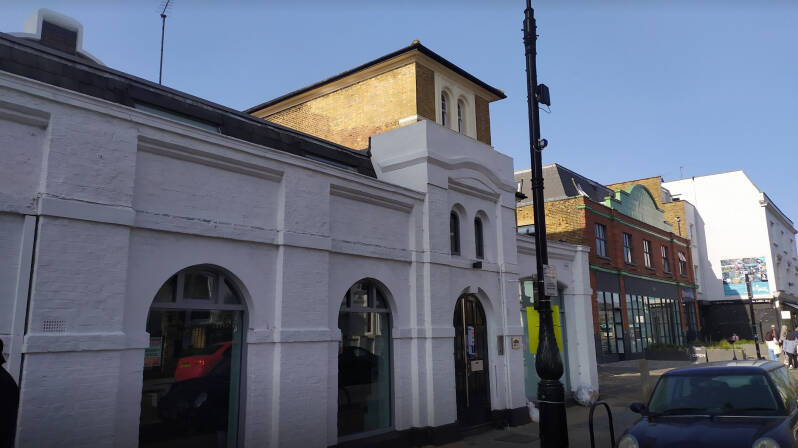
1920s. It remained in operation until the closure of the bridge.

After Chalcot Sq. and Crescent: Turning left, Southwards, towards the Zoo
Nicolas
Since the building of the house, this who has been an off-license
St.George’s Mews
Paved with wooden blocks
St.George’s Terrace
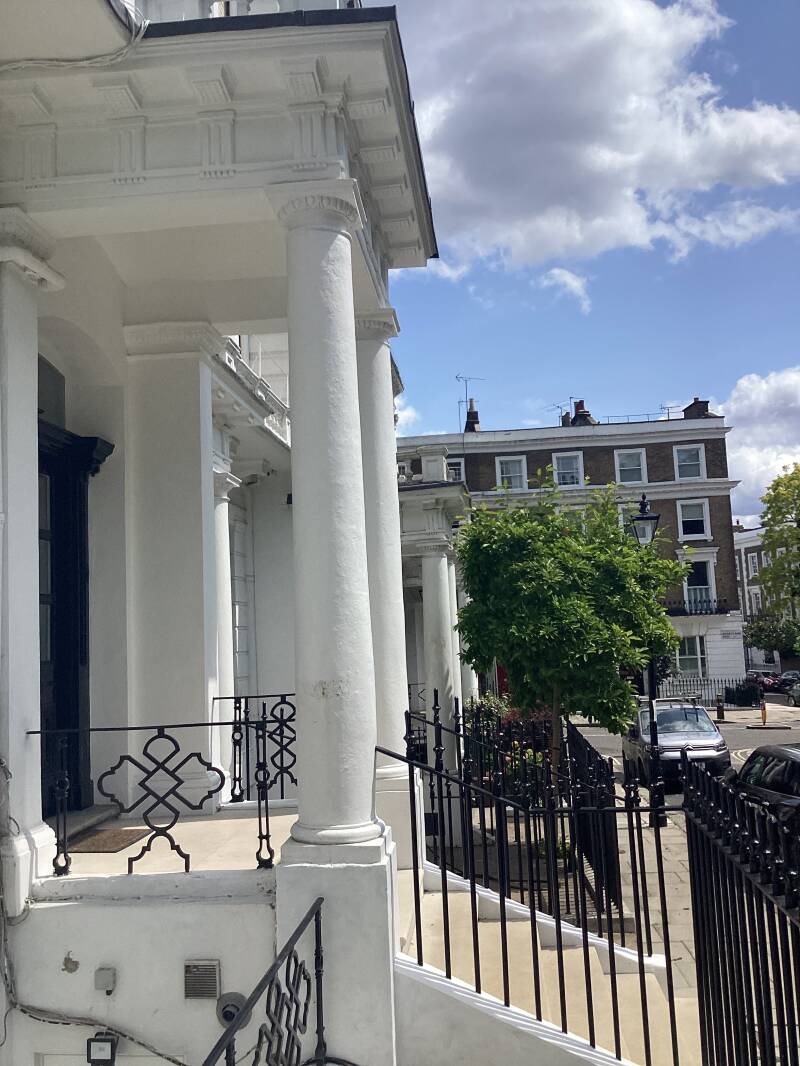
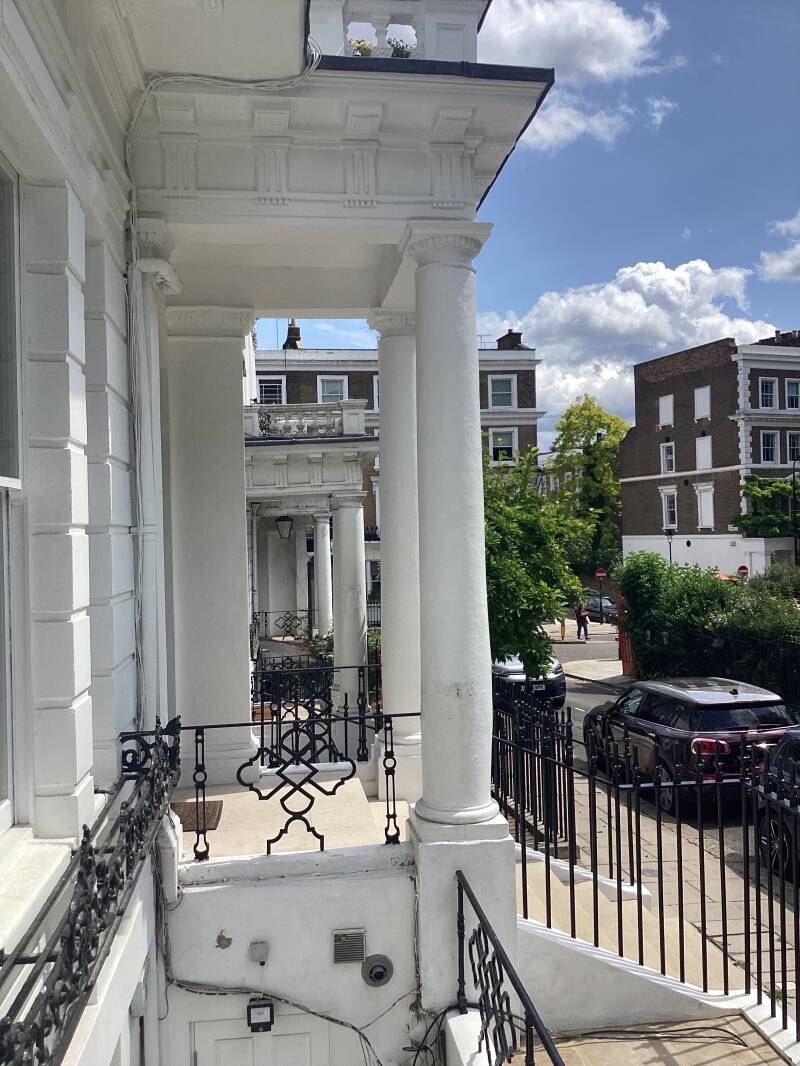
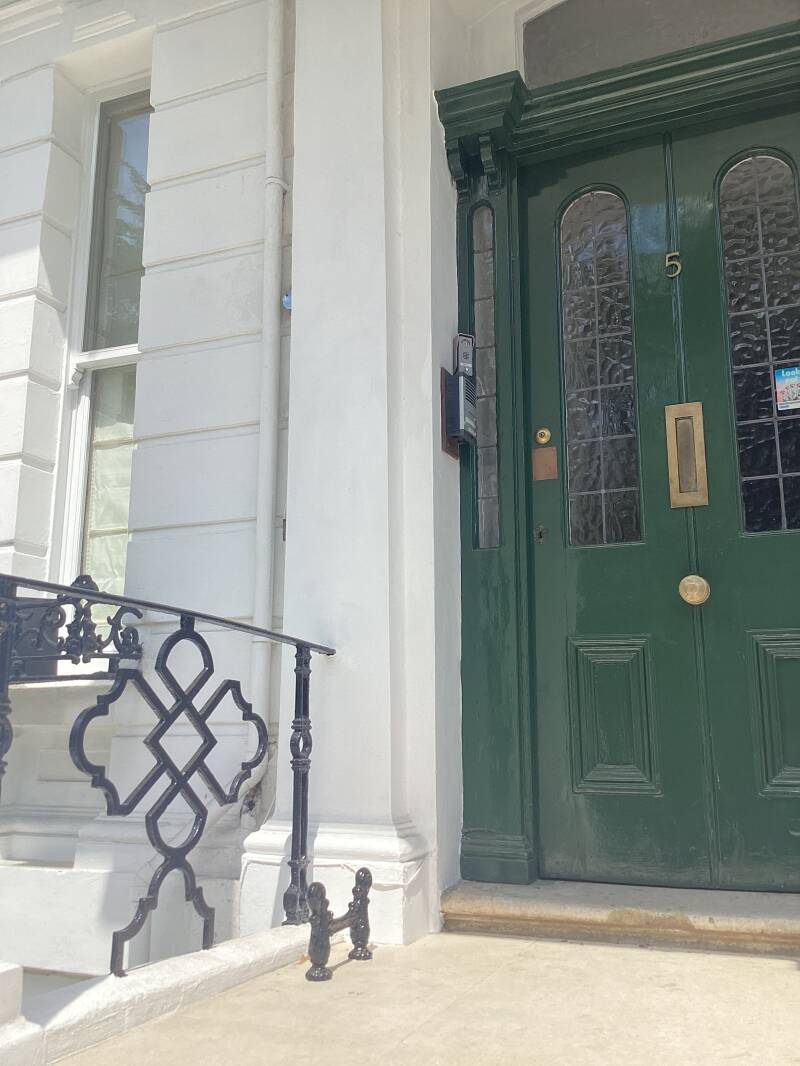


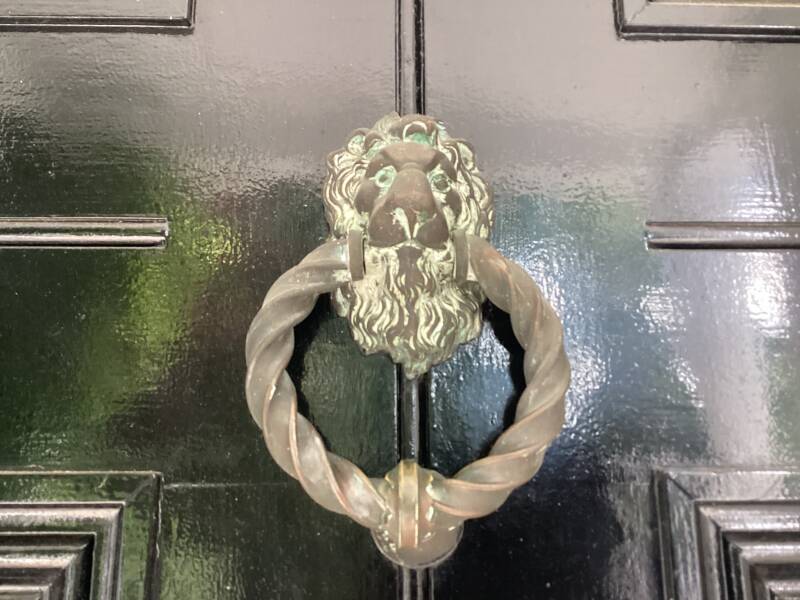
A place for shooting practice during the Napoleonic Wars. At nos.10/11died LADY BYRON (briefly married to the poet, before 1816]1, who was landlady here
THE QUEENS
1855. It used to have 2 heads on its sign: a young version of QV, and QALEX.



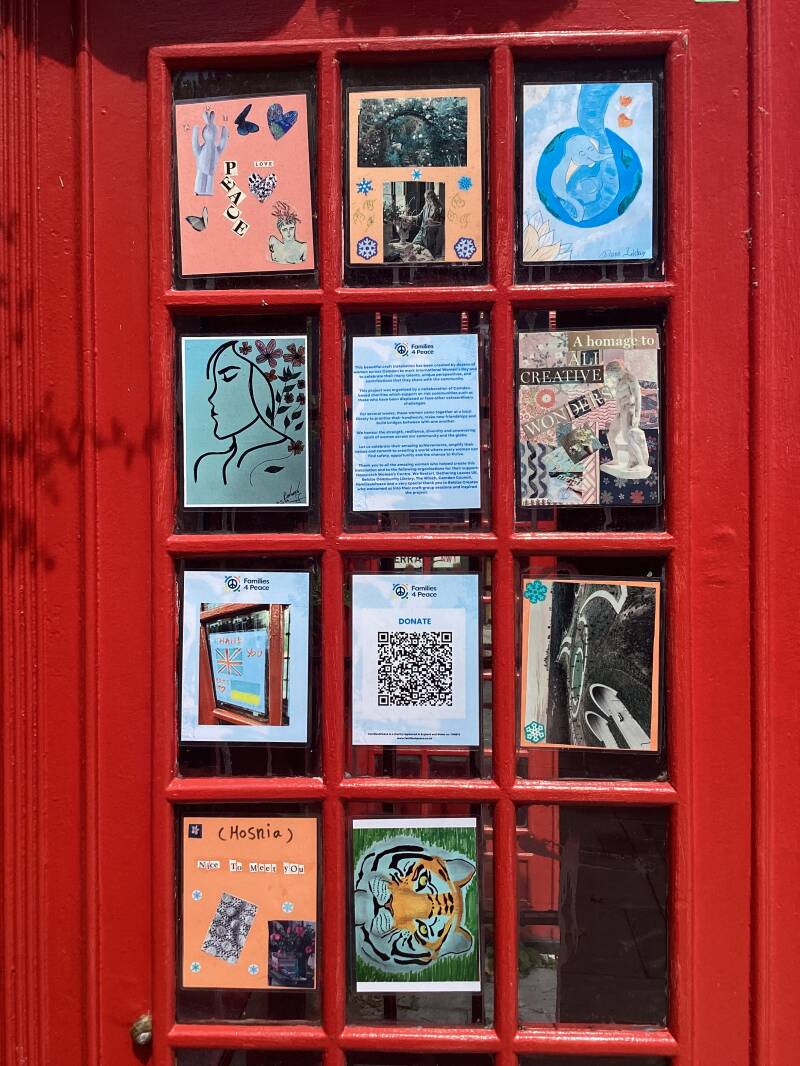
No. 110. THOMAS WAY, illustrator of local scenes, lived bere
No.122. ENGELS lived here
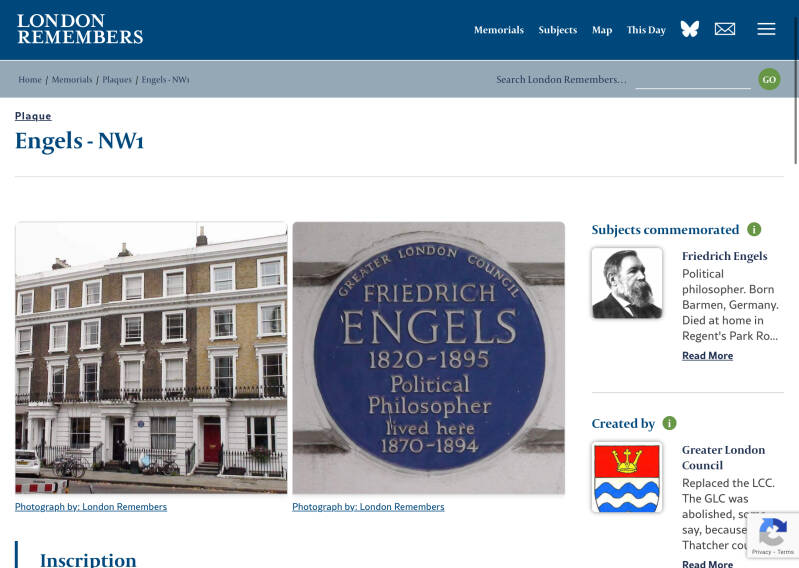
A colleague and friend of Karl Marx, he lived between 1870 and just before his death in 1895 in this large house, which had been chosen for him by Jenny (1814-1881), wife of Karl Marx. The “progressive capitalist”, fellow philosopher, supported financially Marx, in more meagre times (he was now living on the other side of HAVERSTOCK HILL. But KM and his family had fallen into destitution when living in SOHO). He supported him, as well, intellectually
He had spend his life in Manchester (1842-70), taking care of his father’s factory. And thanks to this he was able to observe at first hand the effects of the Industrial Revolution on the urban poor. The result was THE CONDITION OF THE WORKING CLASS IN ENGLAND, pub. 1845, the year after he had met KM for the first time.
They wrote together THE COMMUNIST MANIFESTO, and he edited and completed the 3rd volume of THE CAPITAL, after KM’s death
He only married LYDIA (LIZZIE) BURNS at her dying bed, in 1878, thanks to a special permission from the Vicar of ST.MARK’s. Even though he was an atheist.
Every Sunday, Engels used to hold an ‘open house’; all visitors were welcome. Liberal amounts of food and drink would be available and there was music and singing. According to Tristram Hunt, a biographer of Engels, the visitors included, for example, leaders of European socialism such as Karl Kautsky, William Morris, Wilhelm Liebknecht, Keir Hardie, Eduard Bernstein, and Henry Hindman. Hindman, who was a mentor and supporter of the Indian freedom fighter Shyamji Krishnavarma, who was active in Highgate between 1905 and 1910, nicknamed Engels ‘The Grand Lama of Regents Park Road’. Amongst visitors from Russia:
“The founders of Russian Marxism, George Plekhanov and Paul Axelrod, considered the visit to his house in Regents Park Road a necessary pilgrimage whenever they were in London. Vera Zasulitch, who lived in London was another regular visitor as indeed was Stepniak, the terrorist author of “Underground Russia”” (note 1)
The congregation of so many socialists at his home attracted the attention of the police, who frequently kept number 122 under surveillance.
As KM died at no.41 MAITLAND PARK ROAD, this might have confused biographers of FE when they state tan he died at 41 REGENTKS PARK ROAD. Historian, though, do not agree, and some sustain this version.
Take a tour of Karl Marx’s London
Rothwell St
RICHARD RAINSHAW was created COUNT ROTHWELL by VICTOR EMMANUEL, in thanks for the funding of Italian struggle for liberty
Albert Terrace
ROGER FENTON, photographic studio
Roger Fenton is the most famous of the photographers of the Crimea War. He went out at the request of Prince Albert, and was there for several months during the spring and summer of 1855. He was a landscape painter before he became a photographer, so he had a trained eye, and was an early figure in what became the Royal Photographic Society. He was alert to telling details, and the use of stillness and shadow. In the Crimea, he avoided anything upsetting, though we know from his letters home that he saw plenty. He preferred to work obliquely, as in his fine photograph of 'the Valley of the Shadow of Death', littered with spent cannonballs, The difficulties of carting cumbersome photographic equipment about the rugged terrain and of finding light-proof premises for developing his photographs from glass plate negatives were eventually overcome, and he became adept at creating makeshift studios. After sailing back with his glass negatives under difficulty, his extraordinary vistas and portraits were exhibited in London later that same year. The work involved in the taking and making of this exhibition was prodigious. Fenton also produced some of the most ravishing still life photographs from his Primrose Hill studio. A magnificent photographer who well deserves his blue plaque.

From Regent’s Park Road to ST.JOHN’S WOOD through the park
The actual hill
65 m. or 213 ft. As REGENT’S PARK, part of the great CHASE appropriated by HVIII (came into possession of the Crown upon the dissolution of the monasteries in the 1500s, and was used for hunting and tenant farming). 1842.
Most of the ETON and the SOUTHHAMPTON ESTATES were developed, and the HILL escaped development…only just!. There were ideas of developing it as a BOTANICAL GARDEN, or as a CEMETERY (burrowing the ground and terminating it with a pyramid, in order to take up to 5 mil. bodies!). Finally, the CROWN COMMISSIONERS were persuaded to take it over for a public park, buying land from ETON and from LORD SOUTHAMPTON.
According to some, named after the EARL OF ROSEBERRY, ARCHIBALD PRIMROSE (PM, Foreign Secretary, LCC chairman, PM)
1678. A stabbed body found here…
That of Magistrate Sir Edmund Berry Godfrey, a profoundly Protestant man and a friend of Samuel Pepys, and taken to the WHITE HOUSE (CHALK FARM TAVERN?), for the inquest. It was found out that the judge had received a secret information about a RC conspiracy against King Charles, in favour of his brother James.> the POPIST PLOT. Three Catholic men were hanged.
19th. C. Duels and prize fights
Commemoration of the first meeting of Bards: a Druid ceremony

The highest point has always fascinated the imagination of enlightened and religious.
WILLIAM BLAKE
Here, the painter, poet and visionary had a vision of the spiritual sun
”And the view is so nice” (BLUR)

SHAKESPEARE’S TREE
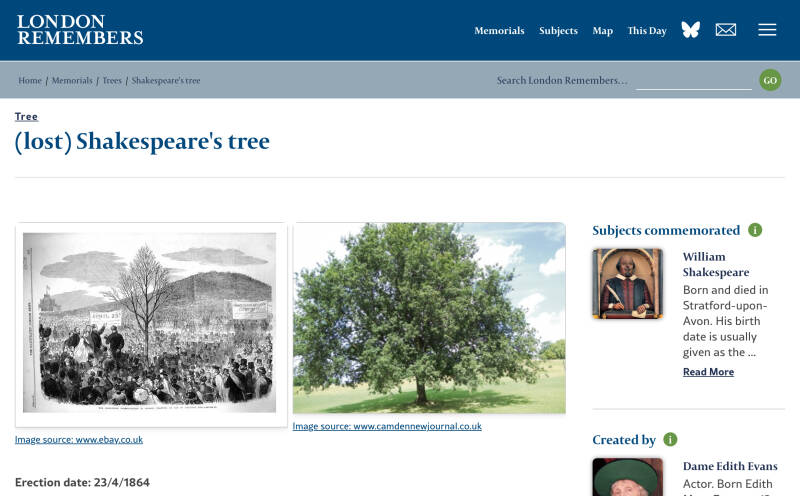
H.G.WELLS

From EDITH’S STREETS: “Panic at Chalk Farm. The Martian cylinders containing the destructive monsters land smack into the middle of Camden and the Martians establish a massive redoubt upon the top of Primrose Hill, within easy range of H G Wells's lodgings at Fitzroy and Mornington Roads. There are extraordinarily vivid descriptions of the ensuing panic as thousands of people attempt to board trains at Chalk Farm or stream up Haverstock Hill to escape the Martians' heat ray and poisonous black gas”
St.Edmund’s Terrace
Allitsen Road
St.John’s Wood High St.

Diversion N.: from Primrose Hill to Belsize Park, and on to Hampstead, and on to…
And now, on to ST.JOHN’S WOOD, along King Henry’s Road



PARADISE BRIDGE over railway lines
Closed to car traffic in thec1970s.
MURAL


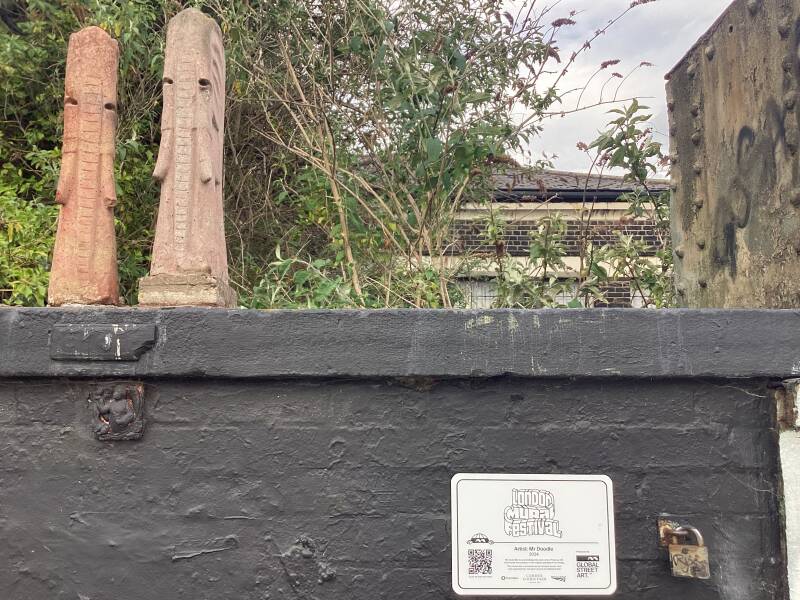
The name originated in a previous mural representing stars, animals, plants, birds…
Replaced by ANDOLIE LUCK’s painting commissioned by BR, and the COPY ENVIRONMENT ASSOCT
Former STATION
Closed more than 30 years ago. On the line from LIVERPOOL ST.STA to WATFORD (NLR)
THE PEMBROKE CASTLE P.H., Welsh navvies haunt?
The ‘navvies’ of Chalk Farm: fist fights, rowdy pubs and raffling a dead body https://camdenist.com/history/navvies-chalk-farm-fist-fights-rowdy-pubs-raffling-dead-body/
PEMBROKE YARD. Site of SALLY MINERAL WATER FACTORY
IRON BRIDGE HOUSE
Called Stephenson House when built in 1928, Iron Bridge House now serves as offices for media companies. The former enginemen’s hostel, overlooking the line just west of Regent’s Park Road Bridge, is the only surviving relic associated with Camden Shed
King Henry’s Road
Site of BOYS INDUSTRIAL SCHOOL & HOME
Founded 1858, on the site of ST.PANCRAS STA., by WG BELL, distressed by the number or beggar boys. FD MAURICE (WMC) and THOMAS HUGHUES (“TOM BROWN”) were early supporters. Here in 1865. “LONDON BOYS HOME FOR THE TRAINING AND MAINTENANCE OF DESTITUTE BOYS NOT CONVICTED OF CRIME”. Around 100, rising at 5.45, at drill at 6.15, cleaning the premises, breakfast at 7.46, prayers and work until lunch at 12.30. Then lessons until 5pm, for wood-chopping, prayers, play and bed at 8.30. The usual diet of bread gruel, with occasional meat, rhubarb pie and treacle pudding.
Closed in 1920. Converted to flats at the end of the 70s.
Dr BHIMRAO RAMJI AMDEDKAR (1891 - 1956), architect of Free India's Constitution
Dr. B.R. Ambedkar, often called the "Father of the Indian Constitution," played a pivotal role in its creation, serving as the Chairman of the Drafting Committee of the Constituent Assembly. He ensured that the constitution enshrined principles of justice, liberty, equality, and fraternity, including the abolition of untouchability and reservations for backward classes. His contributions extended beyond the drafting process, as he also served as India's first Law Minister, advocating for social reforms like the Hindu Code Bil
Primrose Hill Tunnel East Portals
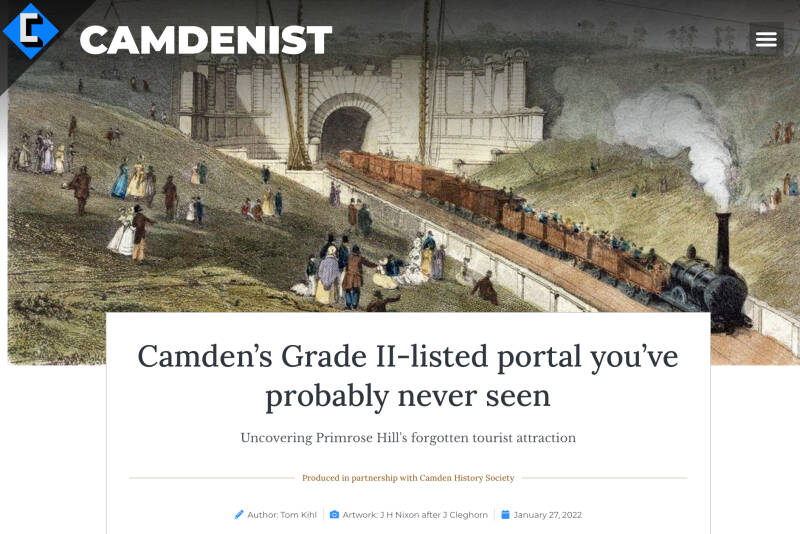
”South of Adelaide Road tunnel with big towers by Robert Stephenson with contractors Jackson and Seddon. For the line from Euston. Stone portal by W.H. Budden, 1837, with sunburst rustication flanked massive Italianate towers and curved wing walls. There were considerable construction problems and it eventually cost double to the original estimate. The tunnel and its portals were duplicated in 1879, so the electric suburban lines of c. 1920 can burrow beneath.”

Cross over Primrose Hill Road.
But, a diversion is possible. Nearby , to the N.:
BELSIZE PARK
A lively ride or walk to Hampstead!
The regular route continues

Elsworthy Road
Elsworthy Road in London's Primrose Hill is a residential street developed on land formerly belonging to the Eton College Estate. It's situated at the edge of Primrose Hill Park and is known for its desirable location, tree-lined streets, and impressive properties. The area was historically farmland owned by Eton College and the Eyre Estate before being developed in the 19th century
ETON ESTATE
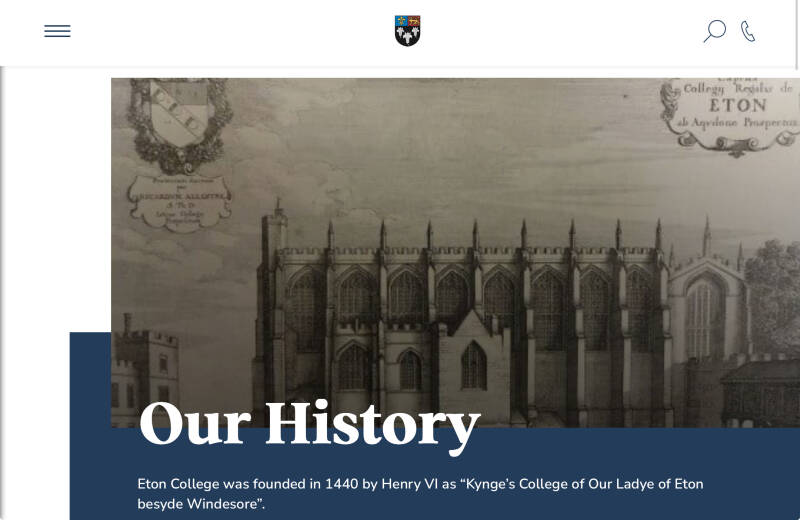
It refers to the landholdings associated with Eton College, a prestigious independent boarding school. Specifically, in the context of London, the Eton College Estate was the land beneath modern Temple Fortune. It also refers to properties on the Chalcot Estate (here) that were once owned by Eton College
Conservation Area
ST.MARY THE VIRGIN Church
St Mary’s has its origins in Christian social action. In 1865 two Hampstead businessmen, moved by the sight of starving children on street corners, opened a home for destitute boys in Regents Park Road. Services in its iron church in nearby Ainger Road proved so popular with local people that it outgrew its premises and the present brick church next to Primrose Hill itself was built. This was opened for worship on 2 July 1872.
Musically, St Mary’s enjoys a unique place in the story of Anglican worship. In 1906, this is the church where Percy Dearmer (Vicar 1901-15) worked with Ralph Vaughan Williams and Martin Shaw to compile The English Hymnal. It was in Primrose Hill that congregations first sang many well-loved hymns such as ‘He who would valiant be’, ‘In the bleak mid-winter’ and ‘Dear Lord and Father of mankind’. Dearmer made St Mary’s the show-piece for liturgy according to the English Usage. Our worship continues to be full of music, colour and ceremonial.
A brewery?

“Faith, hop and charity”. Hop?. Again, a church brewery! (this one is in Barnet)
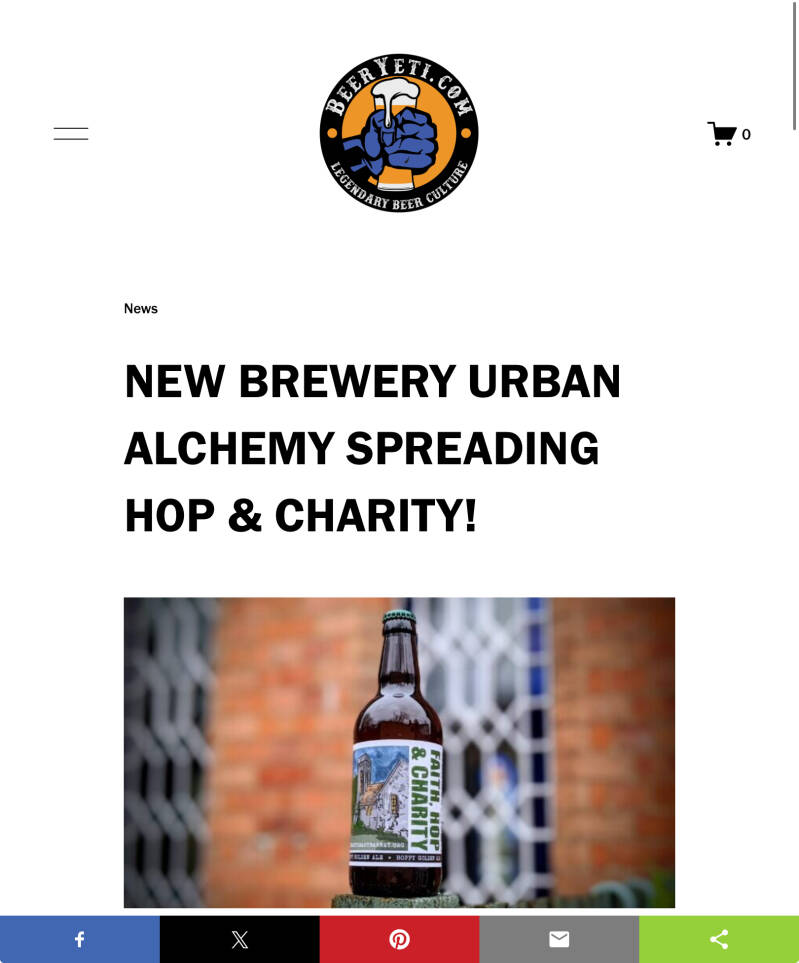
Despite being only producing beer for less than a year, the brewery set up by Si Morley, Neill Boscoe and Matt Javes has been helping their local church (St. Mary's) by creating a charitable beer box under the name “Faith, Hop & Charity” to raise vital funds to fill the hole that the pandemic has left.
WAR MEMORIAL
SIR HENRY HALL lived here
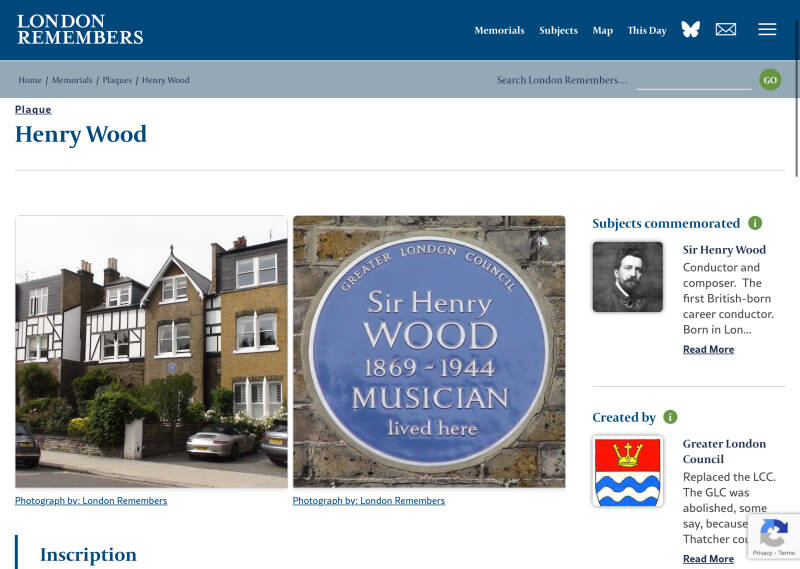
Conductor and composer. The first British-born career conductor. Born in London. He founded the promenade concerts in 1895 at the Queen's Hall. When this was destroyed in the Blitz the concerts moved to the Royal Albert Hall and Wood conducted them until his death, at Hitchin Hospital.

“The BBC Proms is a classical music festival held every summer at the Royal Albert Hall in London, and in recent years has explored an innovative series of Proms across the UK. Its aim: to bring the best in classical music to the widest possible audience, which remains true to founder-conductor Henry Wood’s original vision in 1895.
Whether you are a classical connoisseur or think classical music isn’t for you, there is something for everyone in the eight-week stretch of concerts.”
No. 48. A London love nest fit for a king: was this the house where Edward VIII seduced Wallis Simpson (and another mistress)?

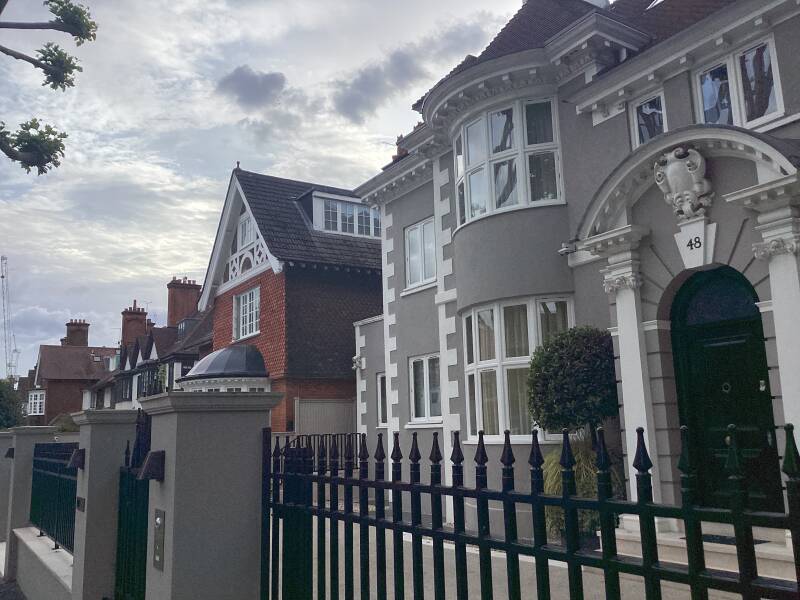
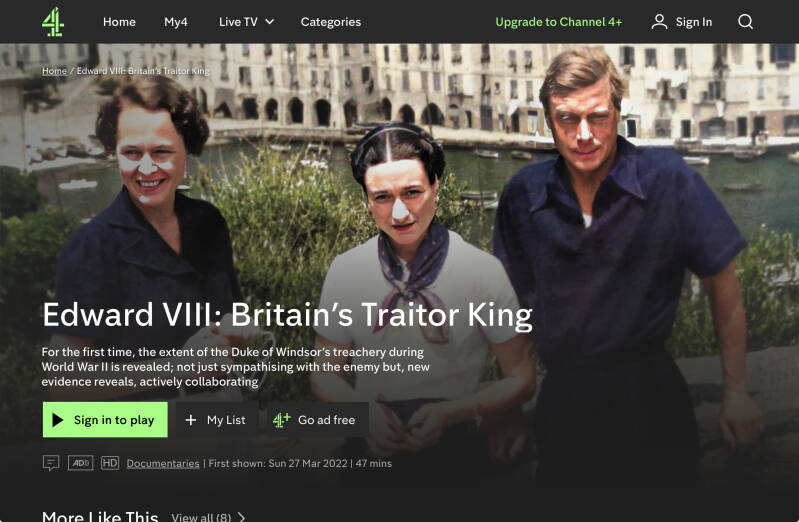
Search in YOU TUBE: EDWARD VIII. BRITAIN’S TRAITOR KING
Site of KIRBYGATE.
Bought by SEOK SWYCHAR and her husband in 1983, when it was divided in flats and dilapidated.
In 2013 on the market for £13m.
In 2017, £28.5m., after a redesign by LINDA PLANT (APPRENTICE adviser) with HOMERUN. 8 en-suite bedrooms. Cinema, massage salon, gym, cellar, games room, sep.staff quarters.
Art deco style touches, a nod to its original period.
More about EDWARD VIII https://www.lockdownuniversity.org/lectures/1267-edward-viii-a-wasted-life/transcript
Originally the home of MARMADUKE, shipbuilder, and THELMA FURNESS.
Did the PRINCE OF WALES, future EDWARD VIII, visited, during his affair with LADY F.? Did ERNEST and WALLIS SIMPSON, friends of the owners, stayed here, and Mrs. S. was seduced here by the Prince?. The Prince had meet the SIMPSONS. Ack in 1931, in BURROUGHS COURT (MELTON MOWBRAY) on occasion of fox hunting.
Thelma left England in 1934, for a 3 month stay in NY, and asked Wallis to look after the Prince. When she returned his affectation s had shifted…
No. 39. SIGMUND FREUD
On Saturday 4 June 1938, Sigmund Freud, his wife, Martha, and their daughter Anna left Vienna forever. On the same day, Freud sent a note to his friend, the writer, Arnold Zweig. In it he wrote, briefly, “Leaving today for 39 Elsworthy Road, London NW3 …”.
DALI visits FREUD
As Freud arrived in London, a young Salvador Dali (1904–1989) sat in a Paris cafe eating a plate of snails. While thumbing through a newspaper he read news of his hero.
DALI’s art in London

several options exist for experiencing Dali's art. The "Dalí Cybernetics" immersive experience is a digital exhibition on Brick Lane, closing on September 3rd. Previously, Dali Universe, featuring sculptures and a painting from Spellbound, was located at County Hall but has since closed. Additionally, the Tate Modern has featured Dali exhibitions, including a major retrospective, and showcased his works alongside films
Avenue Road
One of the most expensive streets in London.
The road mainly comprises large detached freehold "villa style properties" and is a key thoroughfare into central London, leading into Regent's Park and is widely considered to be one of London's most desirable residential destinations. A 2020 survey completed by Lloyds Bank declared Avenue Road as one of the most expensive residential streets in the world and the most expensive in London. As of early 2021, current sale prices averaged over £30.5 million.
In 2015, an 11-bedroom mansion became, at the time, one of Britain's most expensive properties ever after selling for £40 million. The mansion was initially listed for £65 million but failed to find a buyer at that price point.
In 2017, a house owned by the late property developer Harry Hyams and designed in 1954 by the architect Richard Seifert was listed for sale at £16 million, with the expectation that the new owner would replace it with a larger house.
In 2019, a vast double plot of about one acre sold for £38.5 million with planning permission for a new 36,000 square foot mega-mansion, which would make it one of London's largest private homes.
In 2020, a 15,000 square-foot plot of land with a 6,000 square-foot mansion were put on the market with plans to develop a £40 million Malibu-style home.As of early 2021, there are believed to be 12 mansions under construction on the street with a total value of £500 million.
In 2021, a 27,000 square foot mansion was put on the market at £75 million.
To the N., SWISS COTTAGE
REGENCY LODGE
Grade II listed block of flats and shops, designed by Robert Atkinson -he designed as well the lobby interior of the Daily Express Building, Fleet Street, City of London- and A.F.B. Anderson)
No.25
A detached villa built around 1830–1840 on the Portland Estate that is also Grade II listed
HARRY HYAMS’ house by RICHARD SEIFERT
Welcome to ST.JOHN’S WOOD!. See next chapter

I wish you are enjoying this guide



